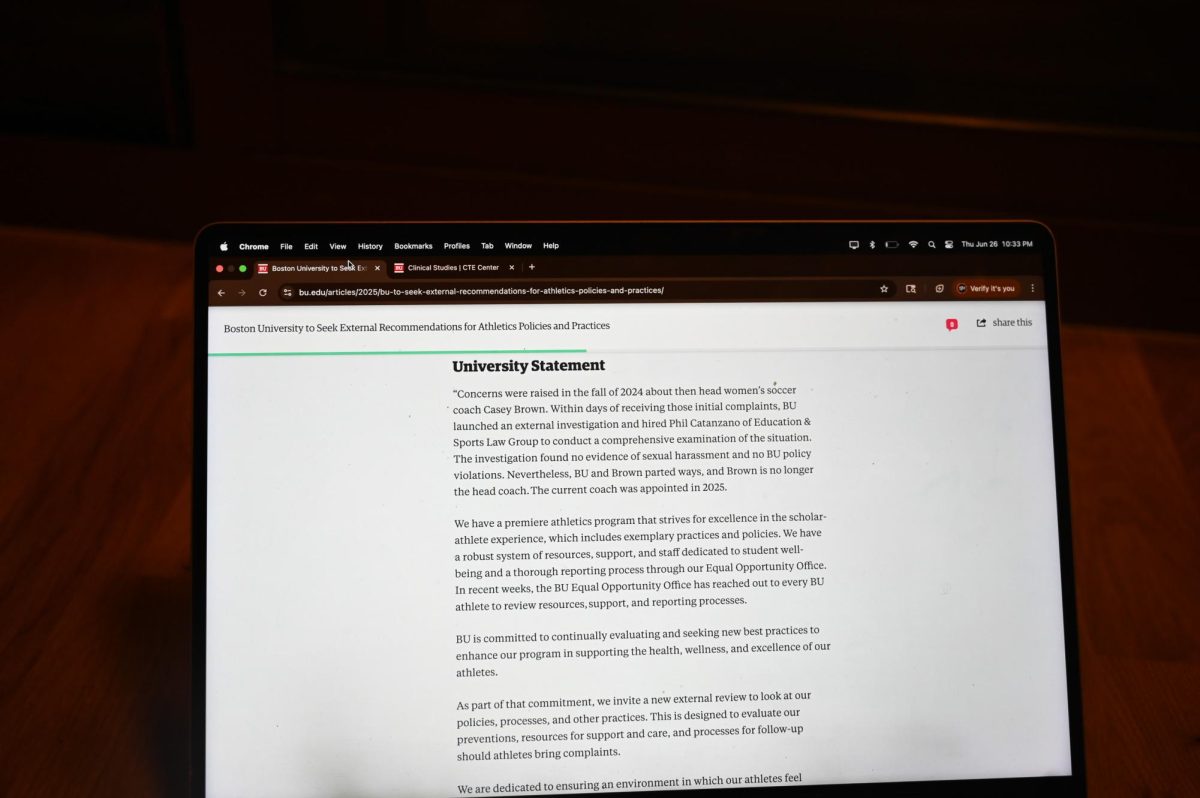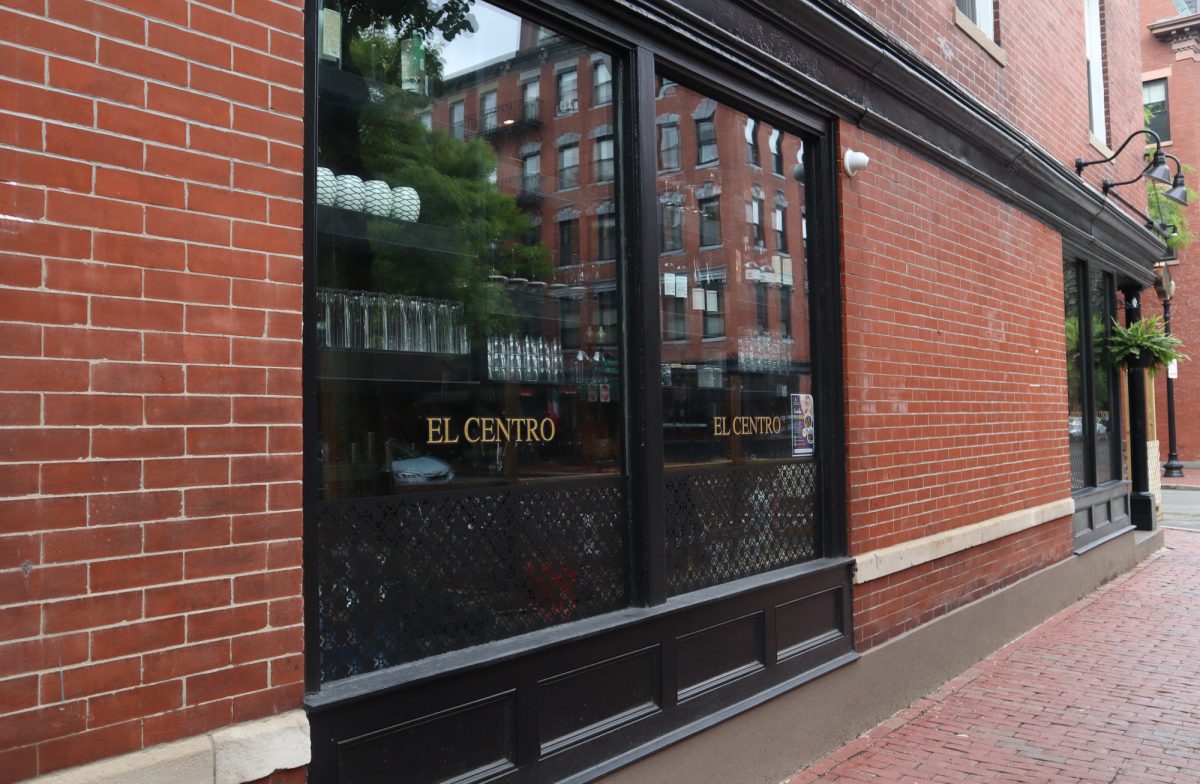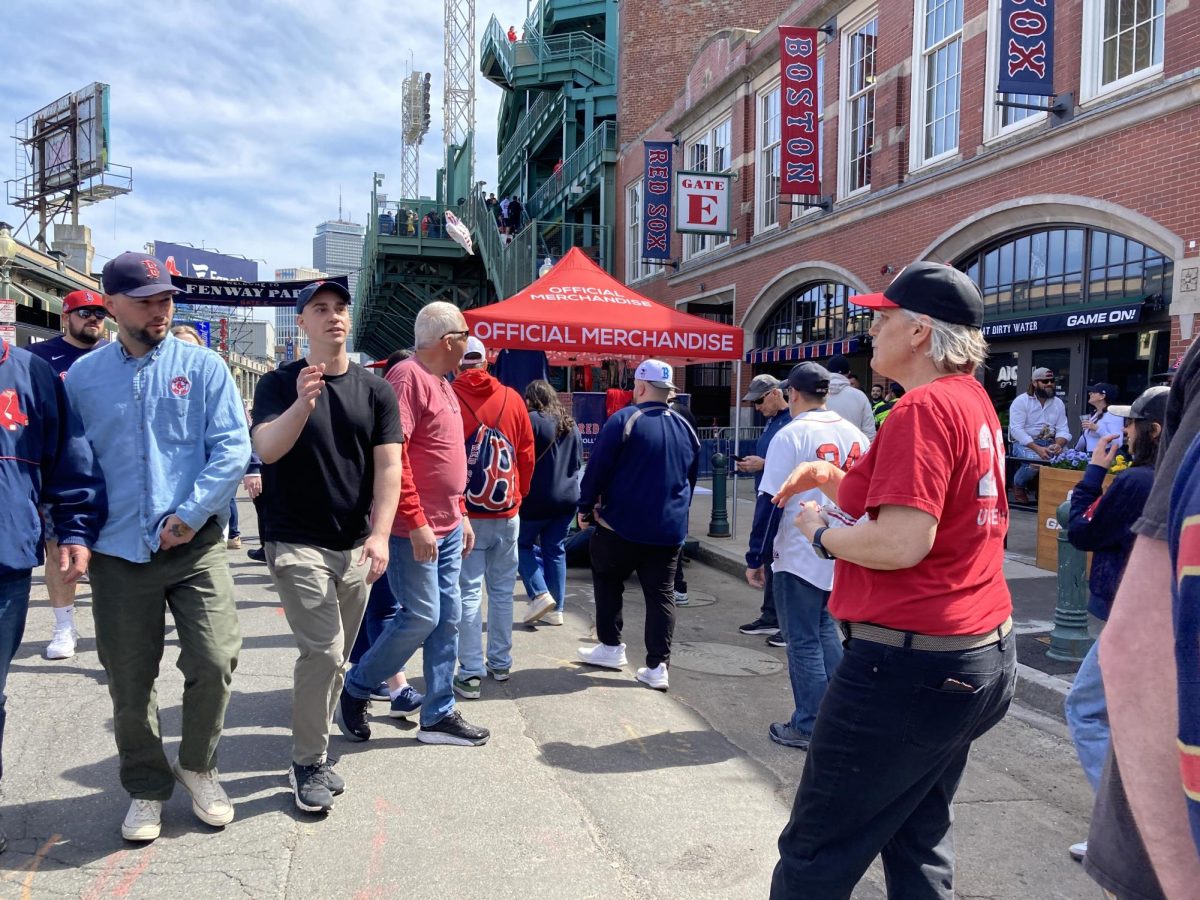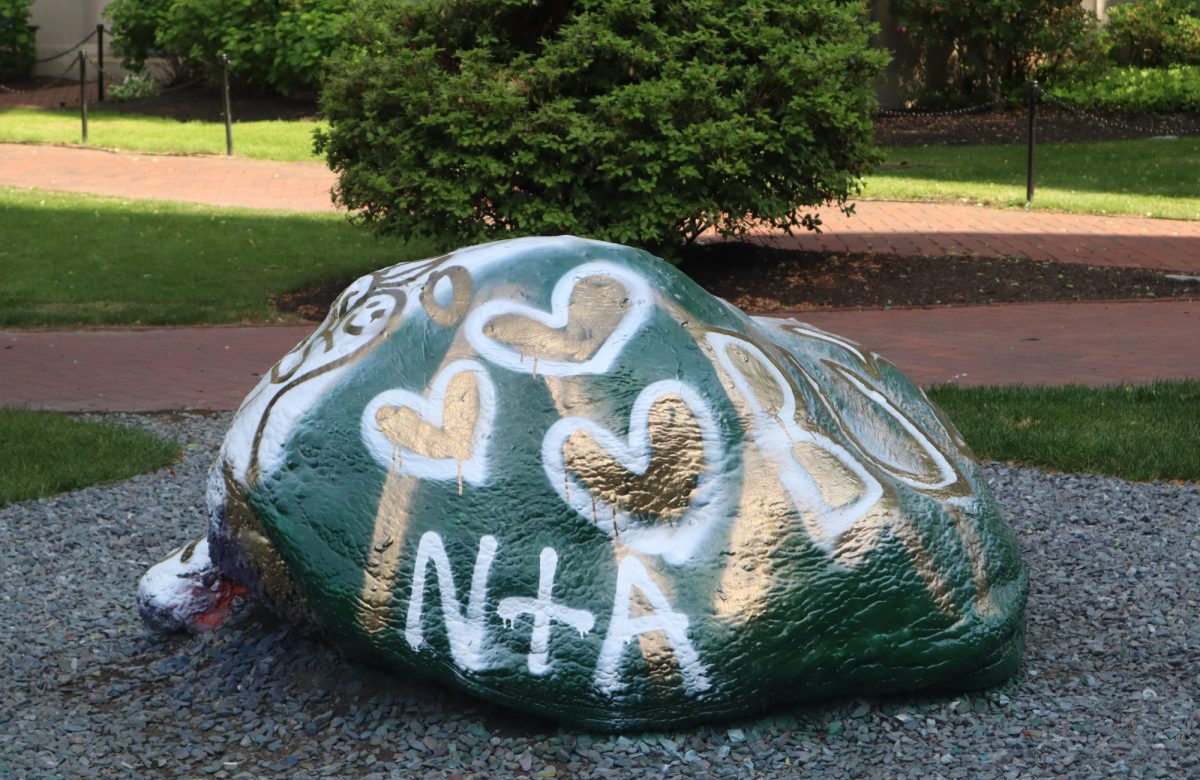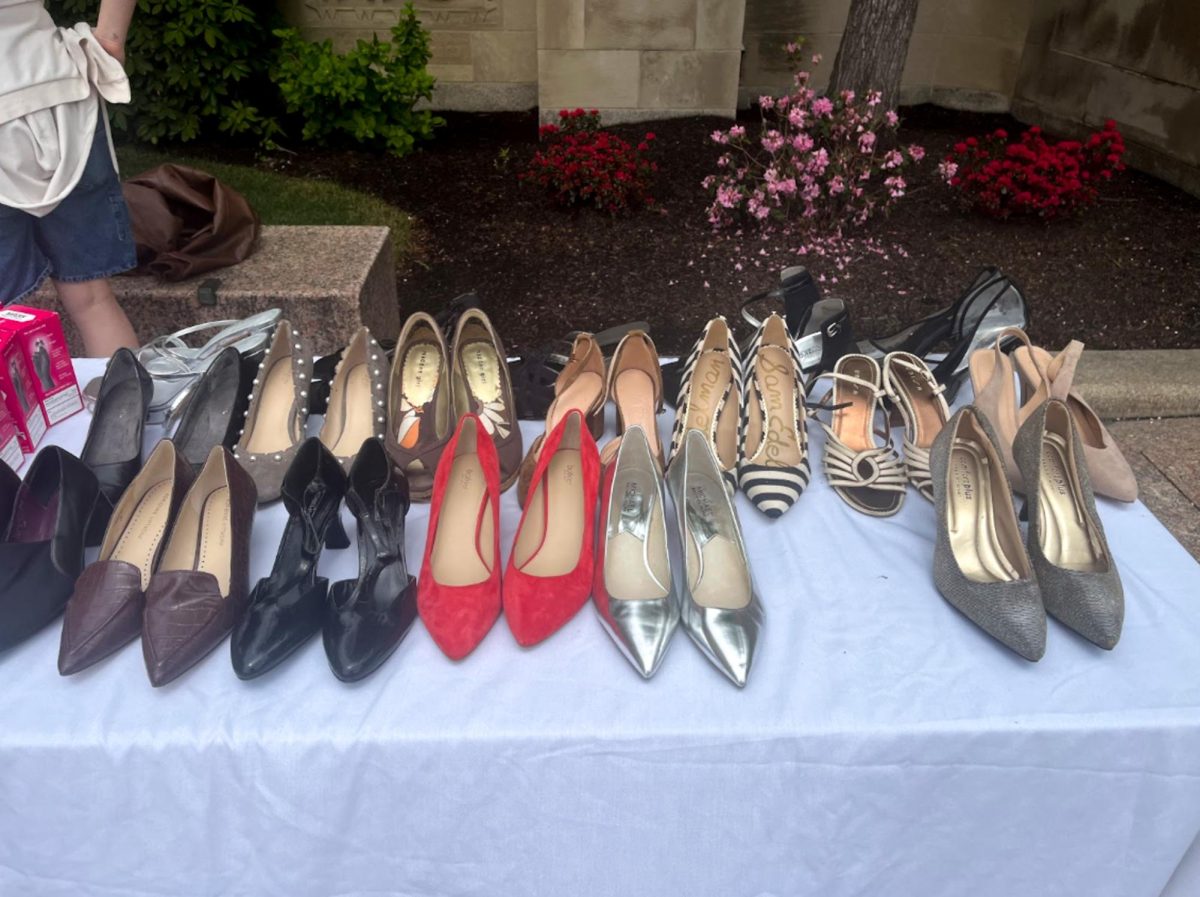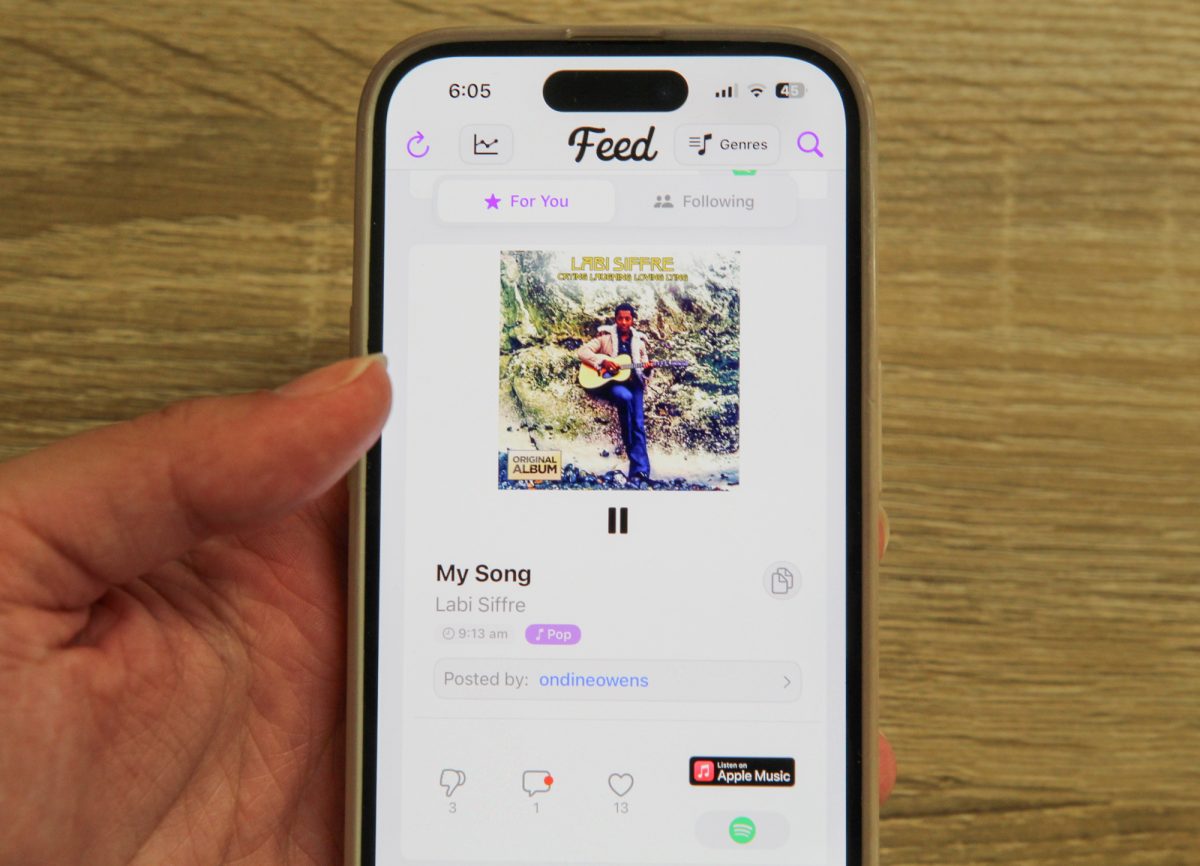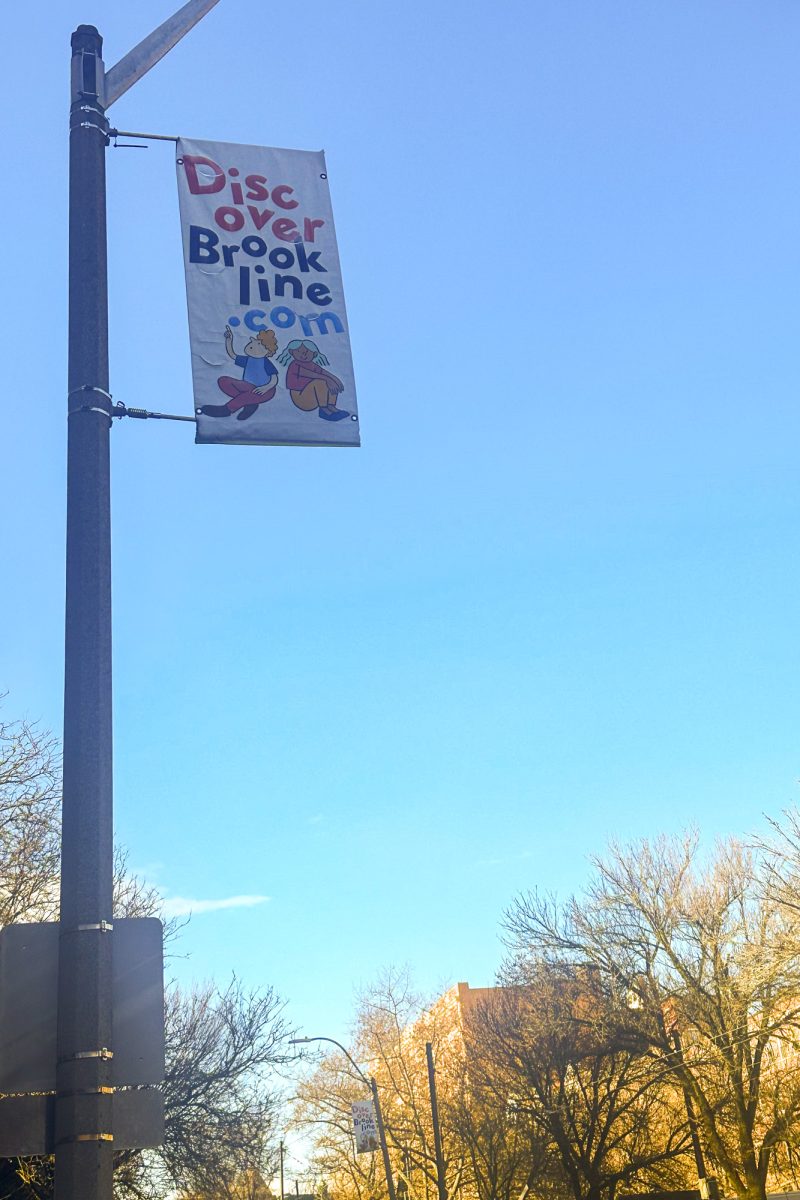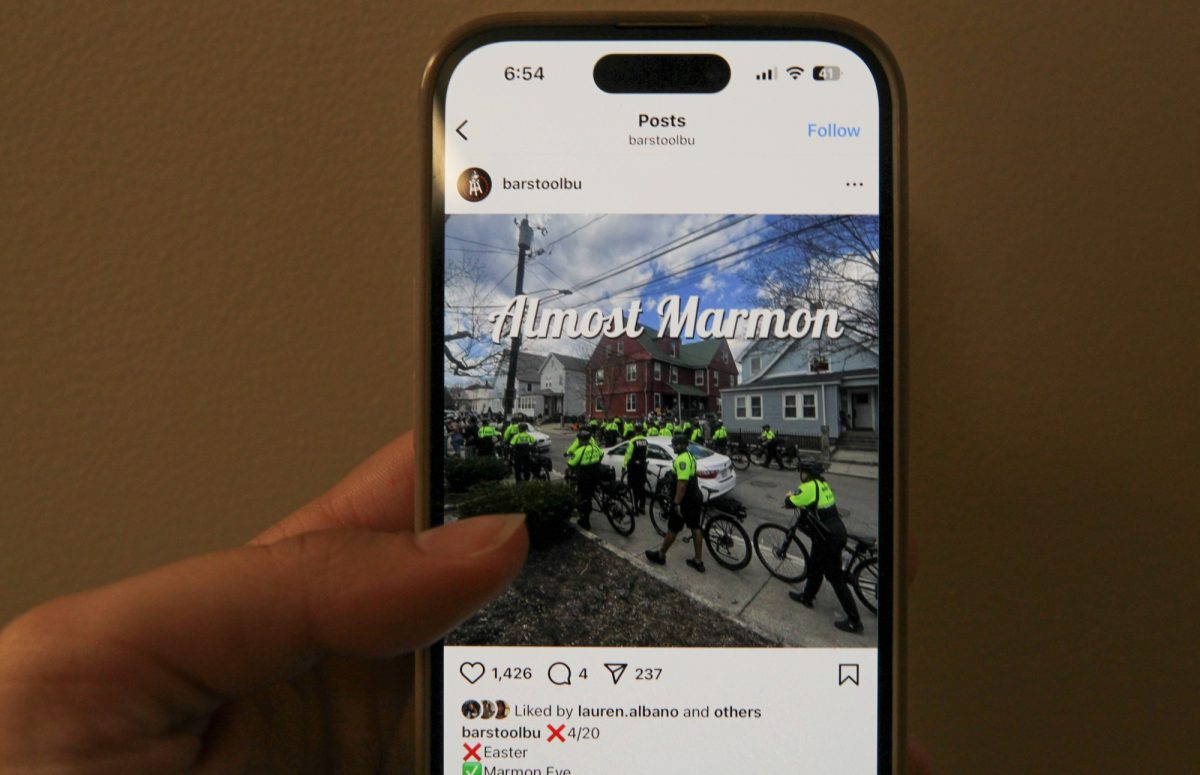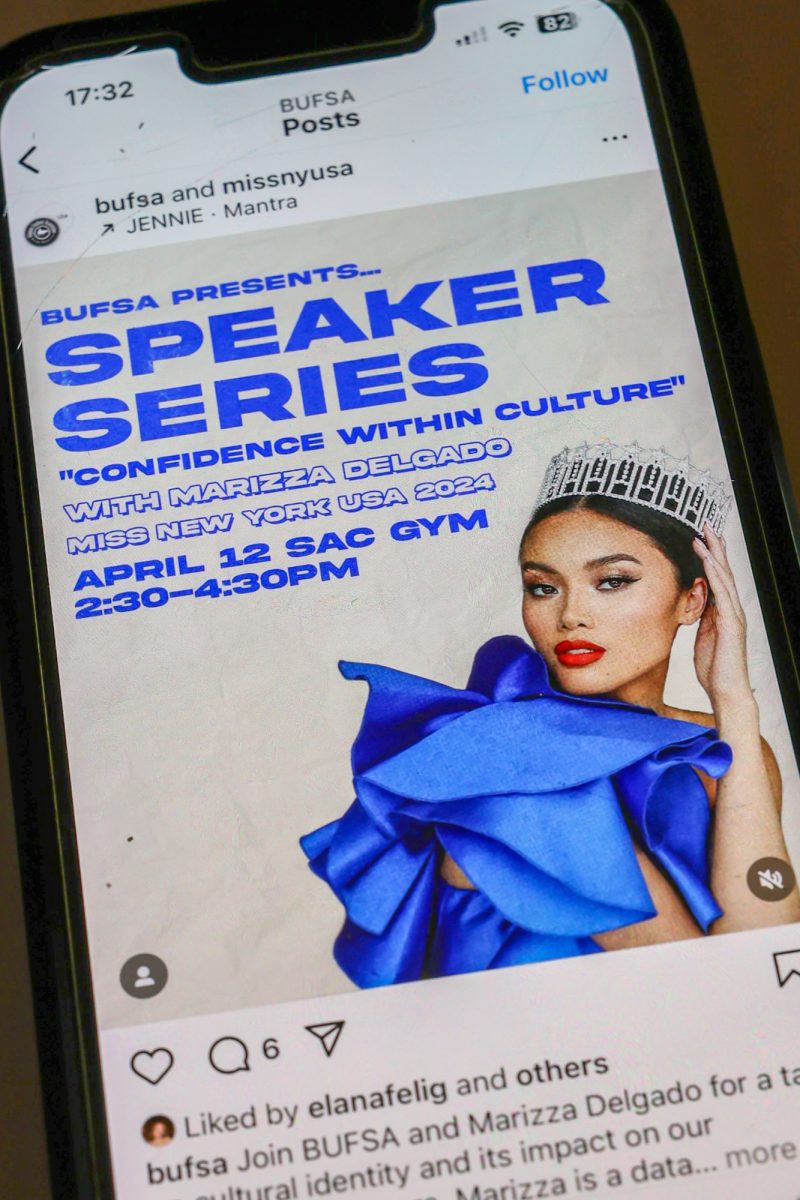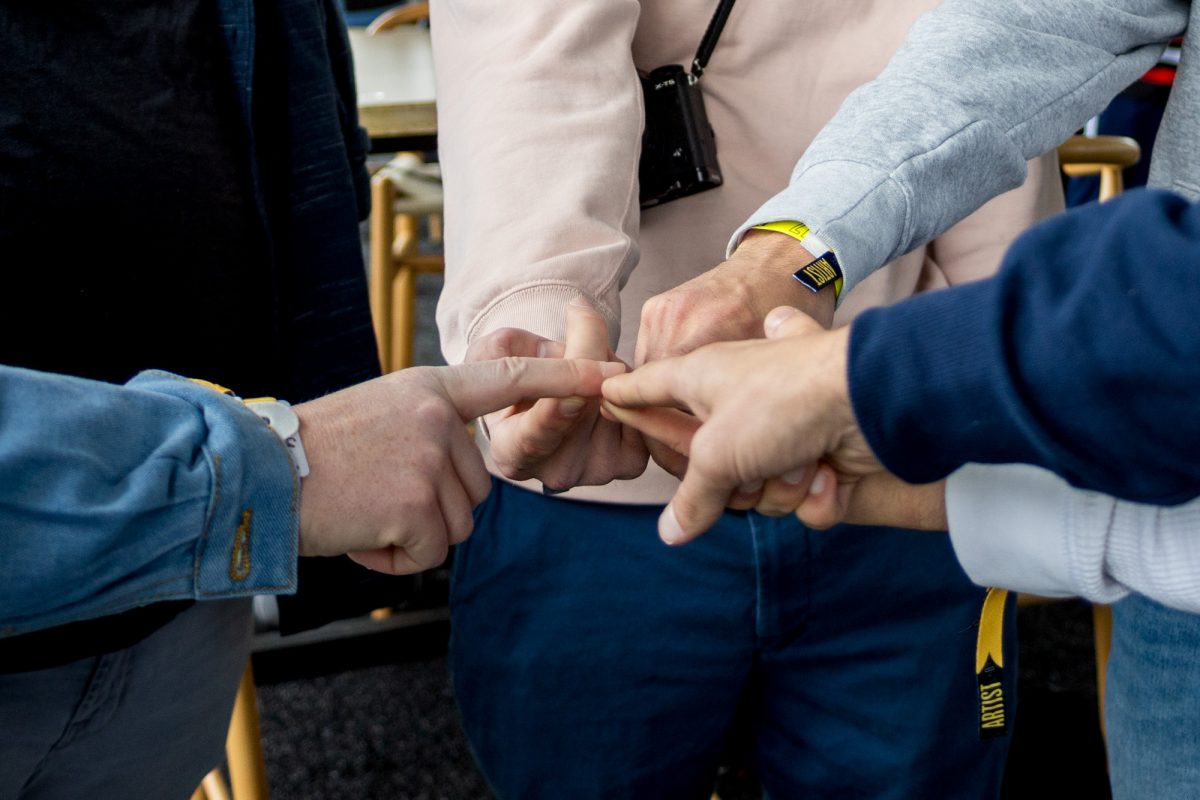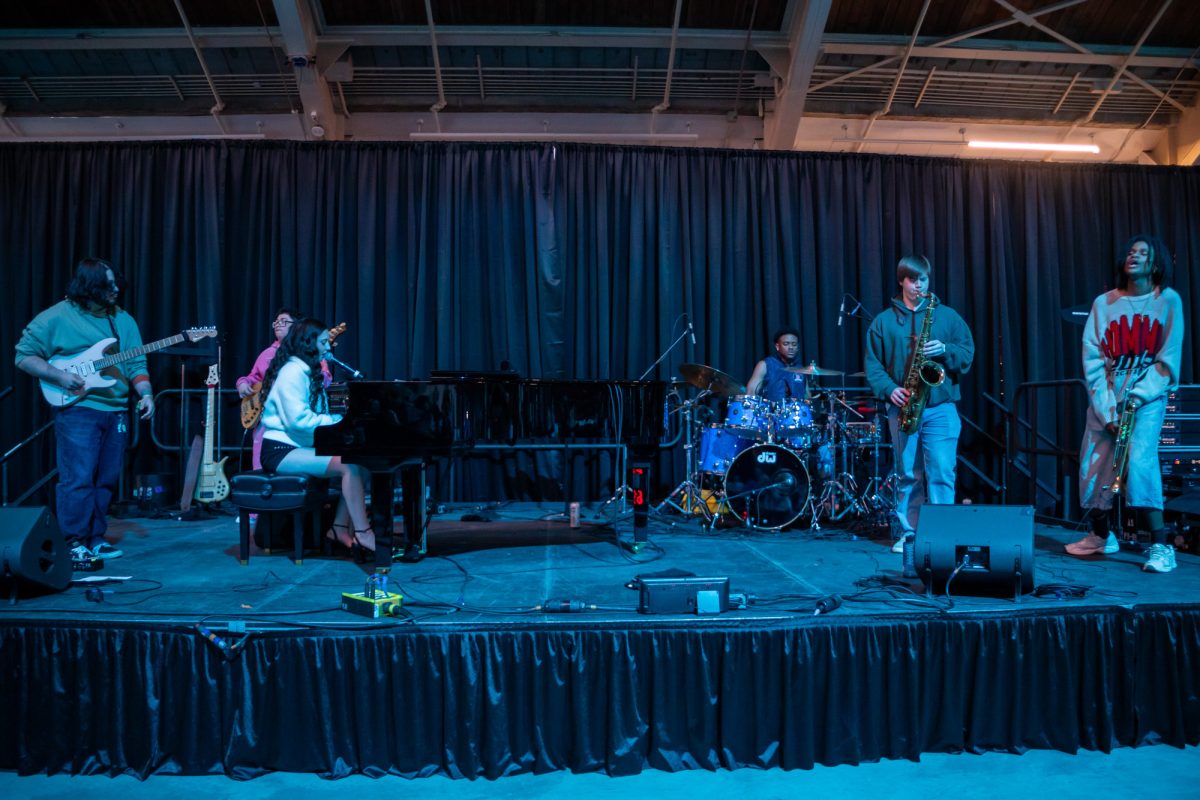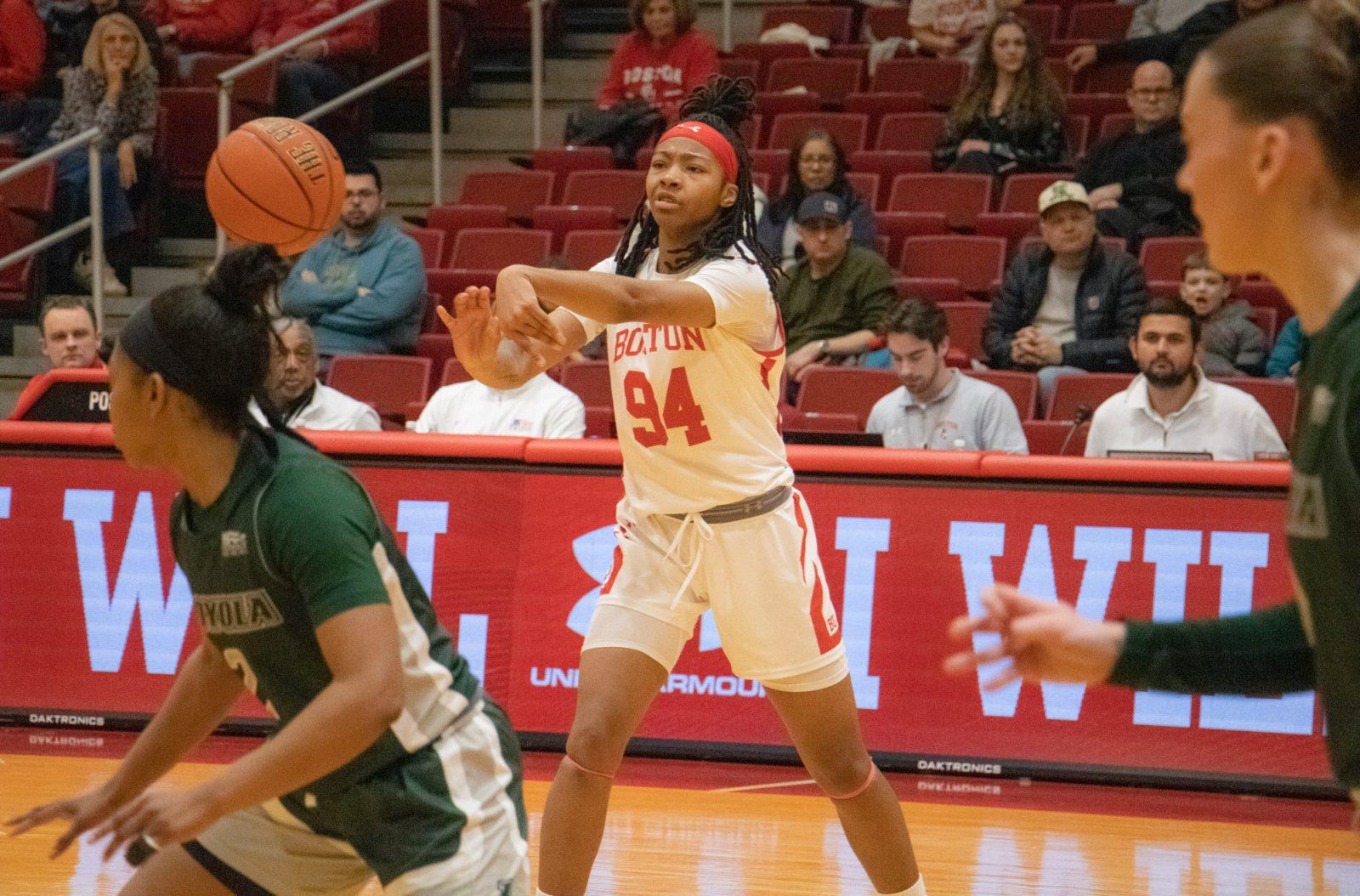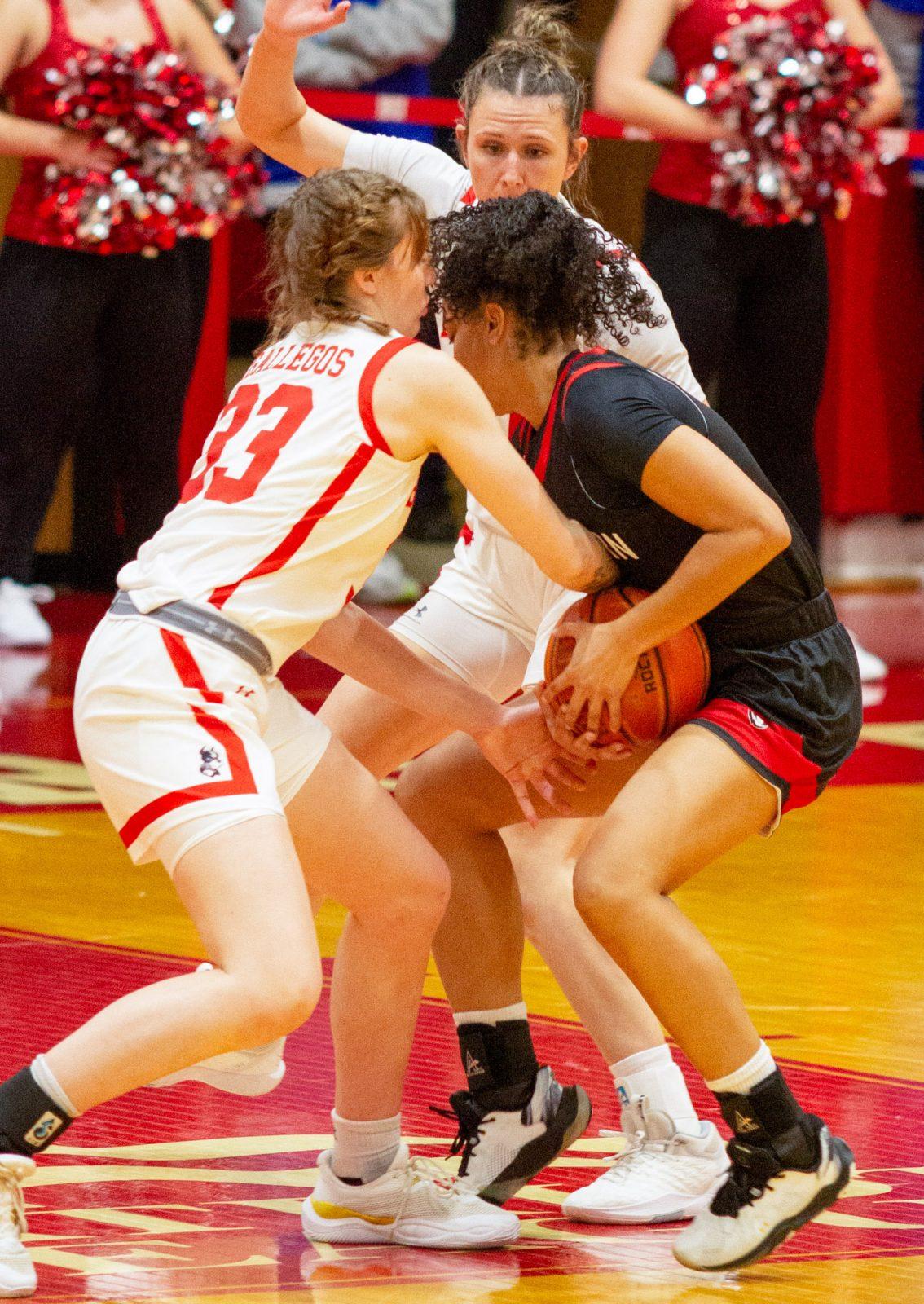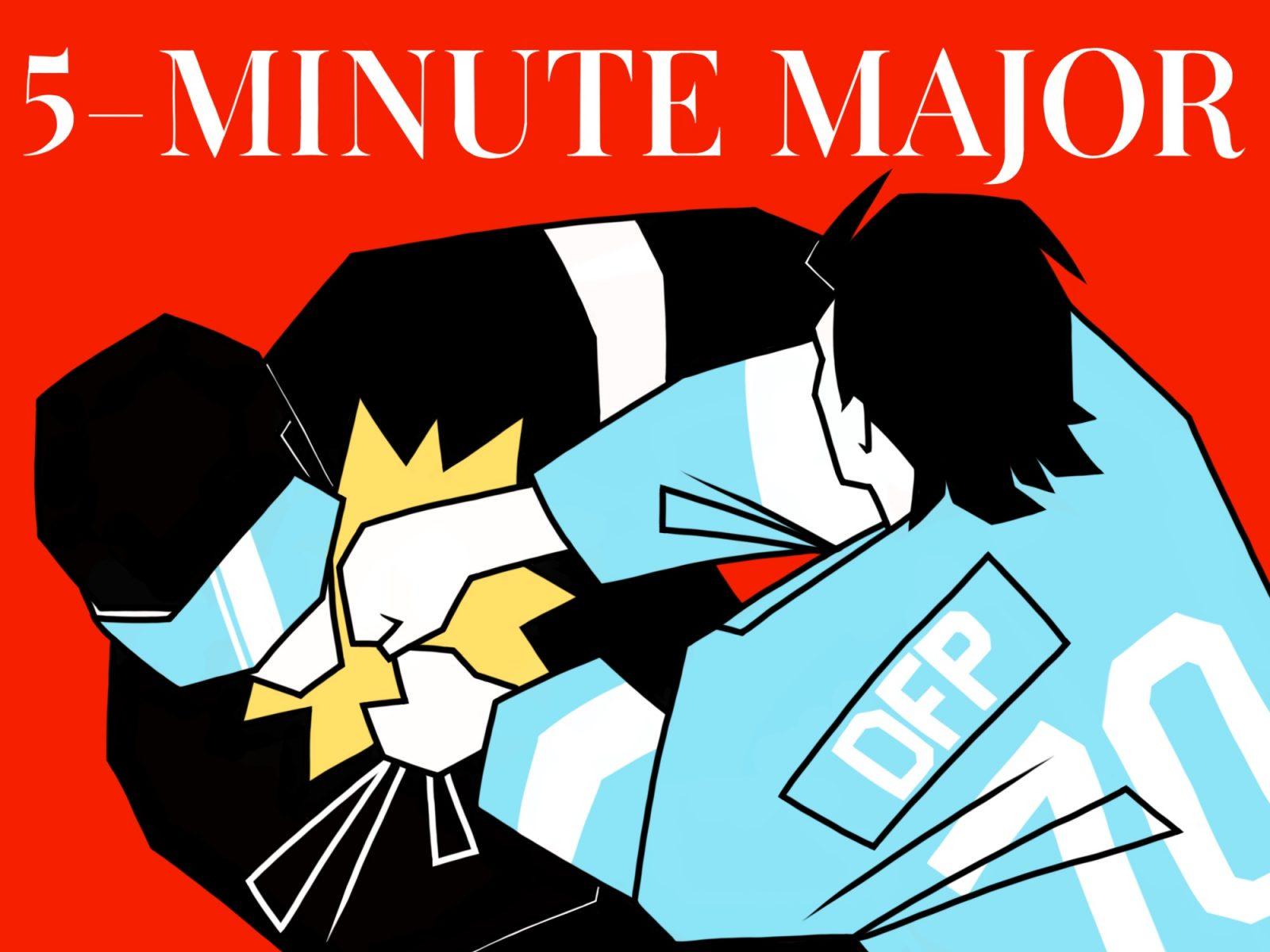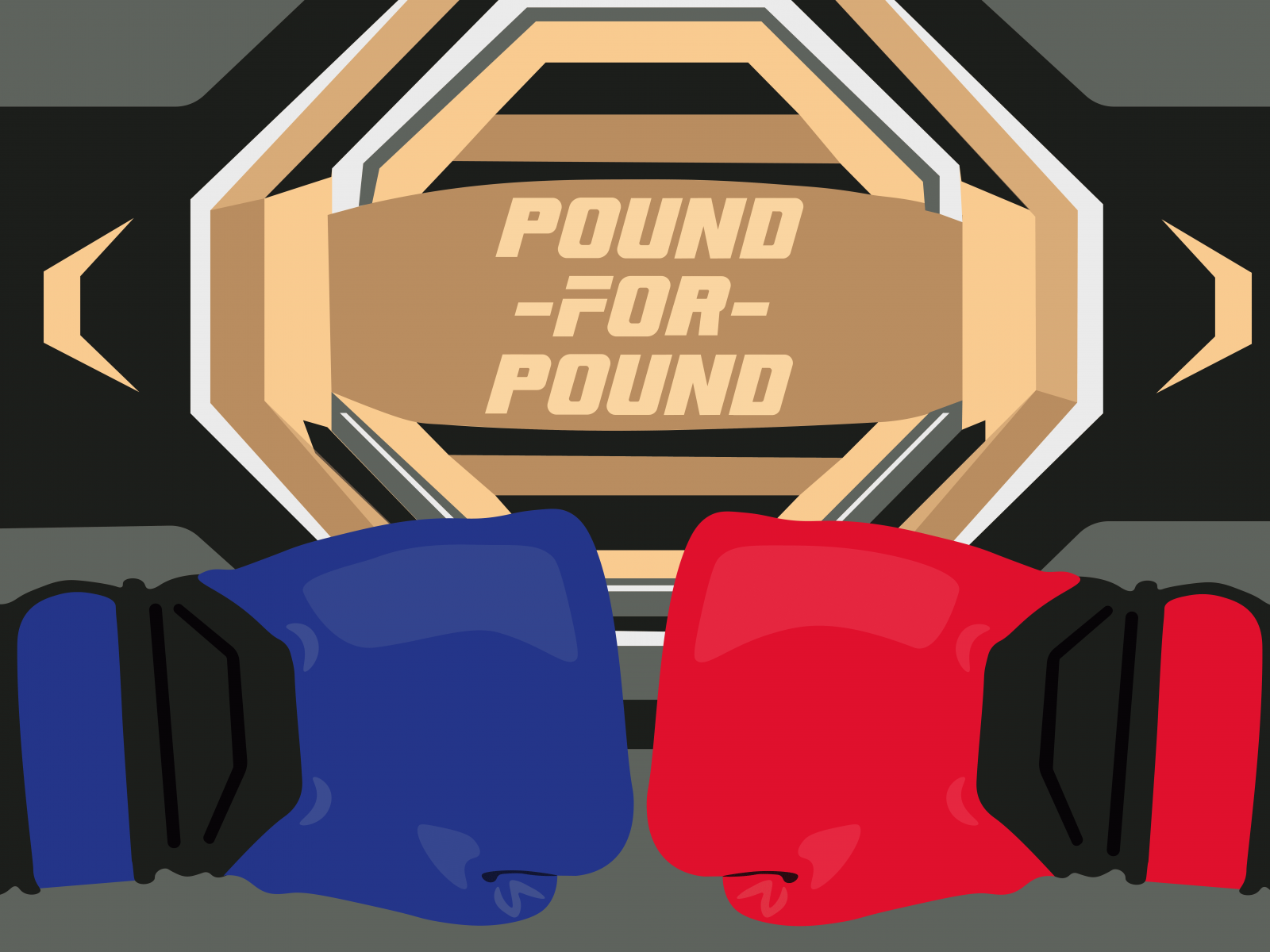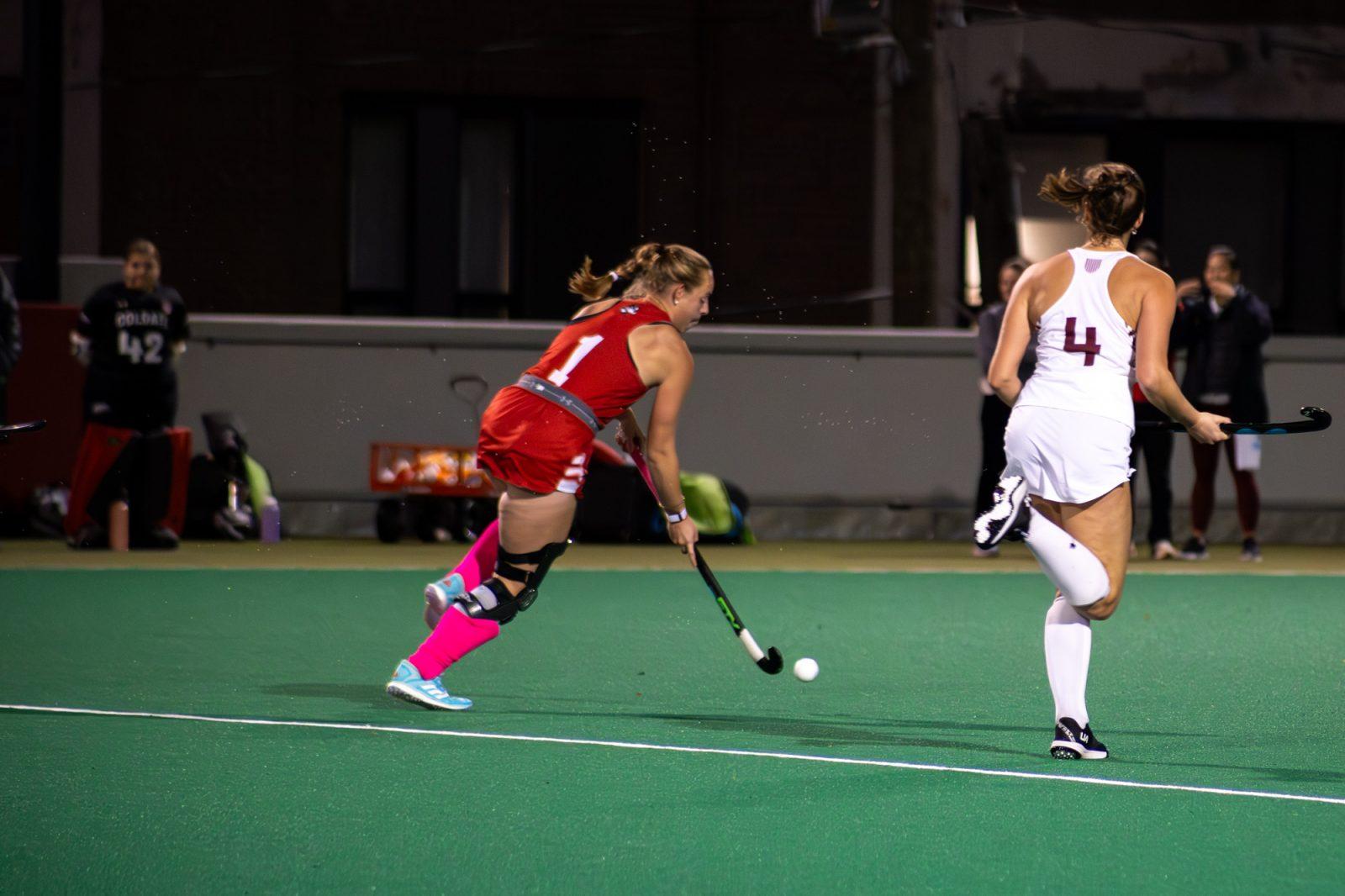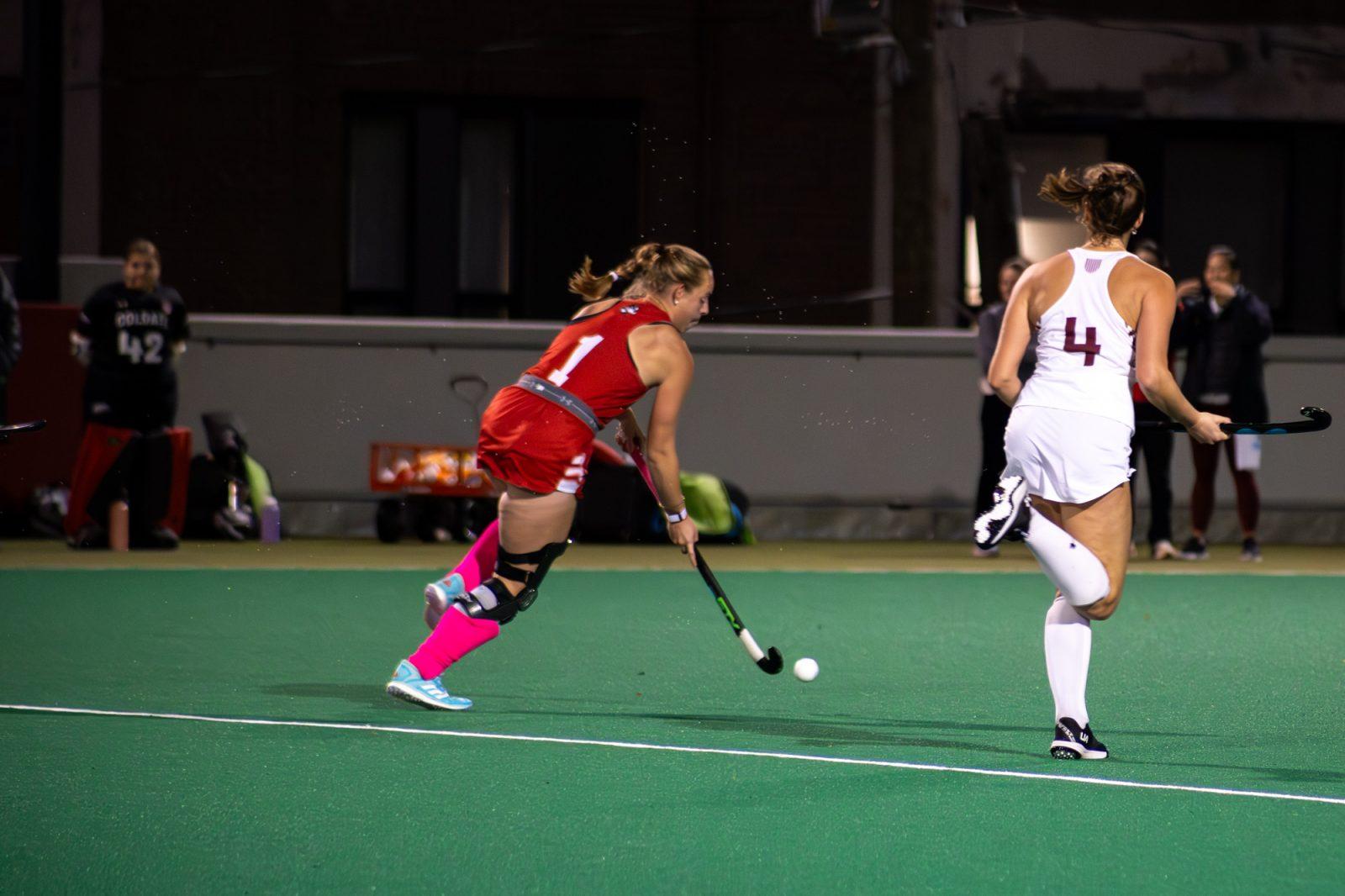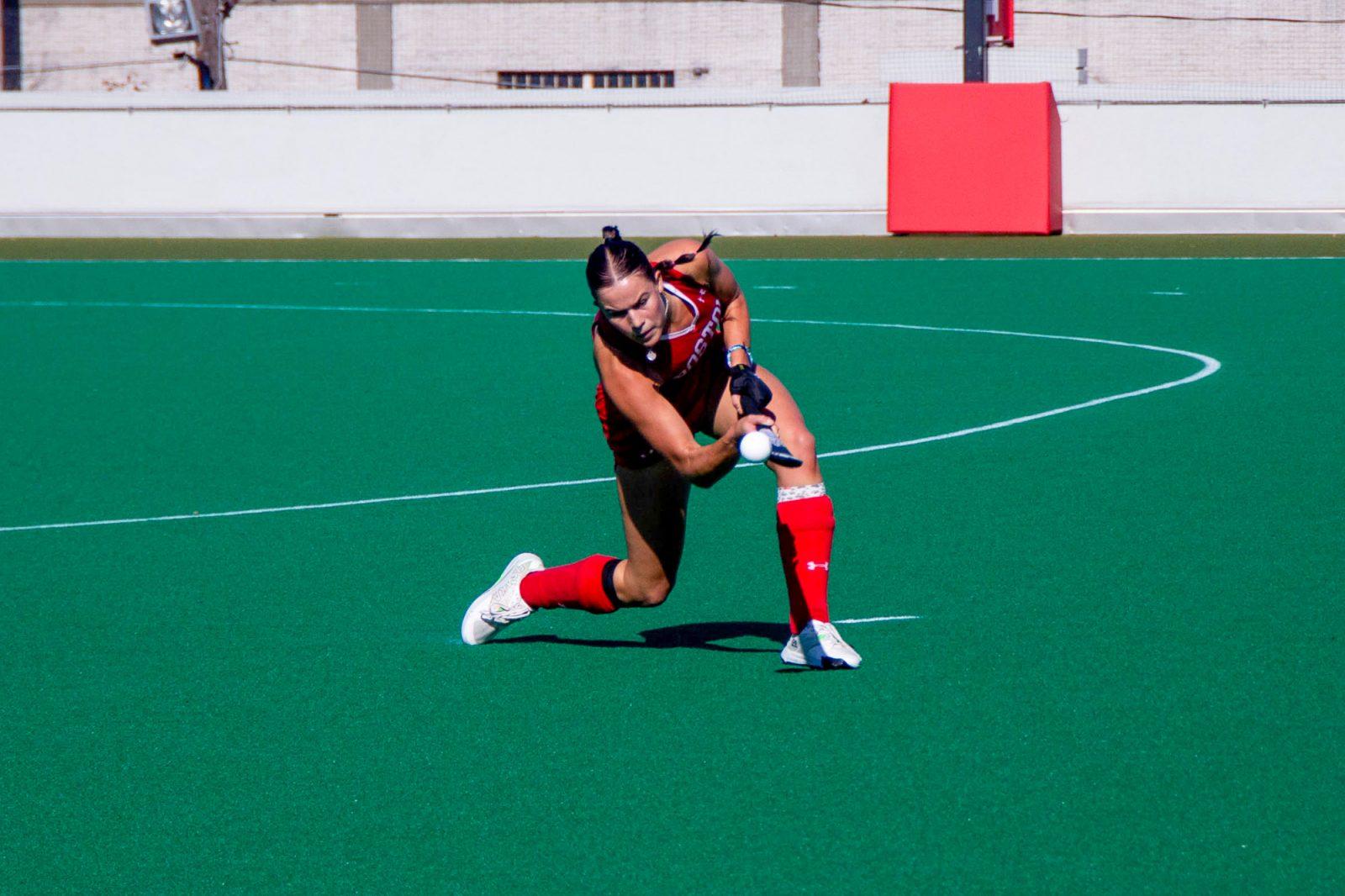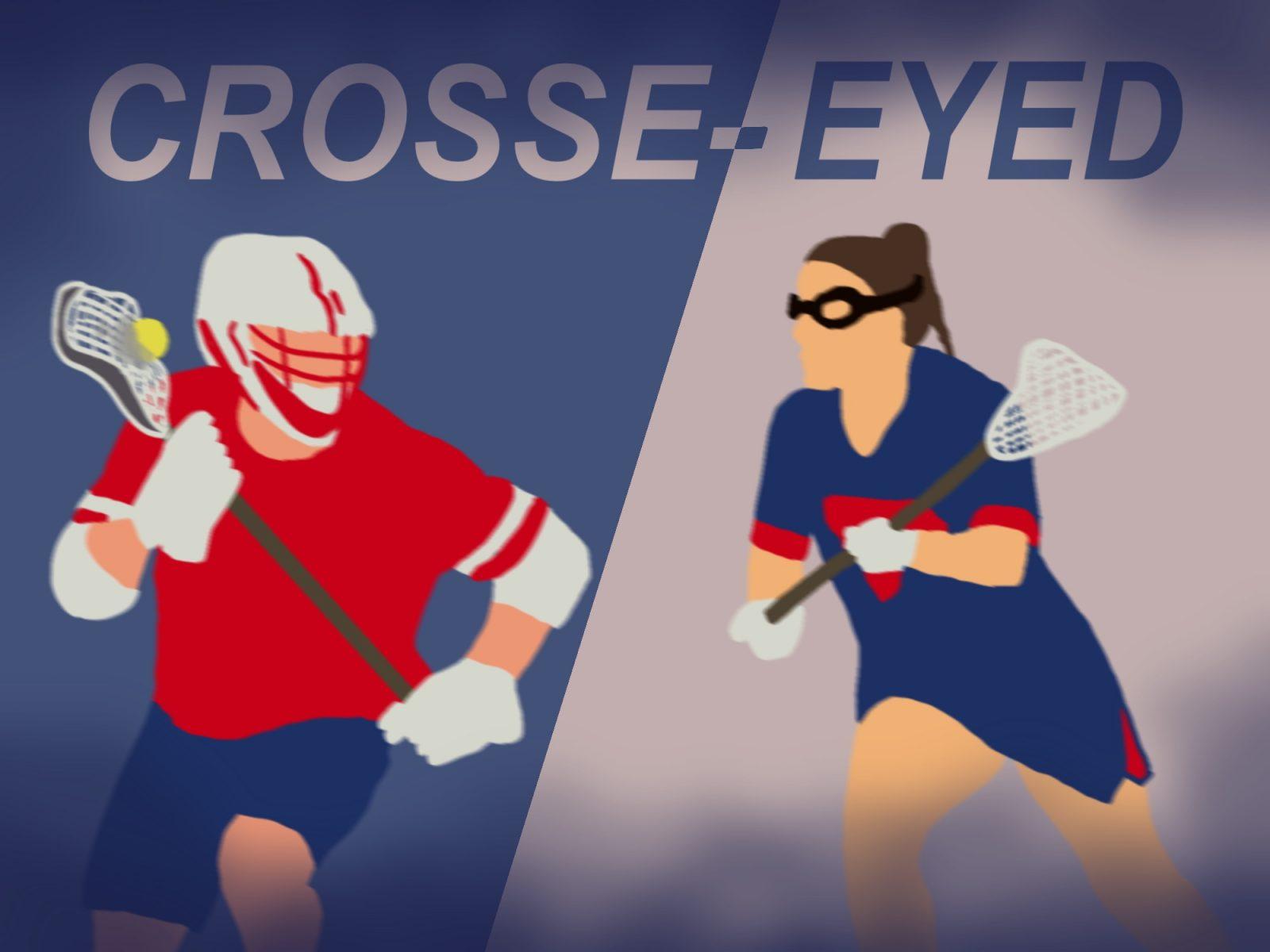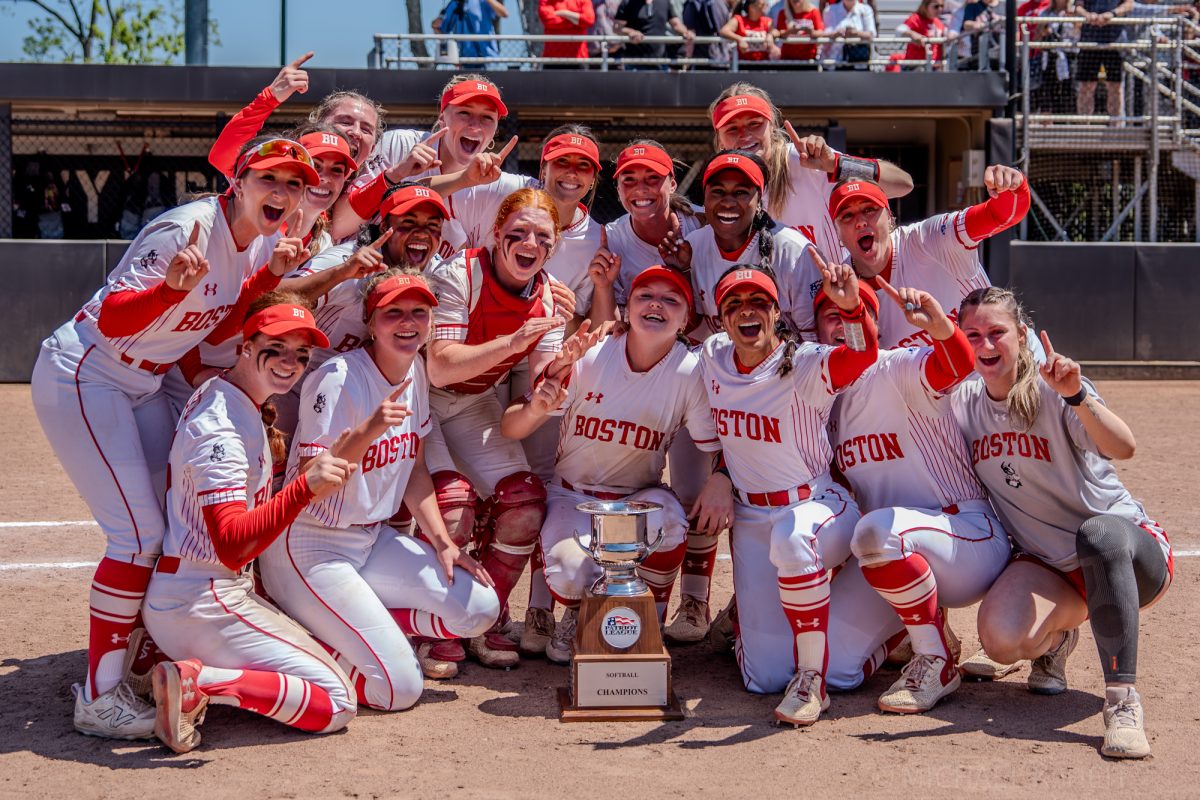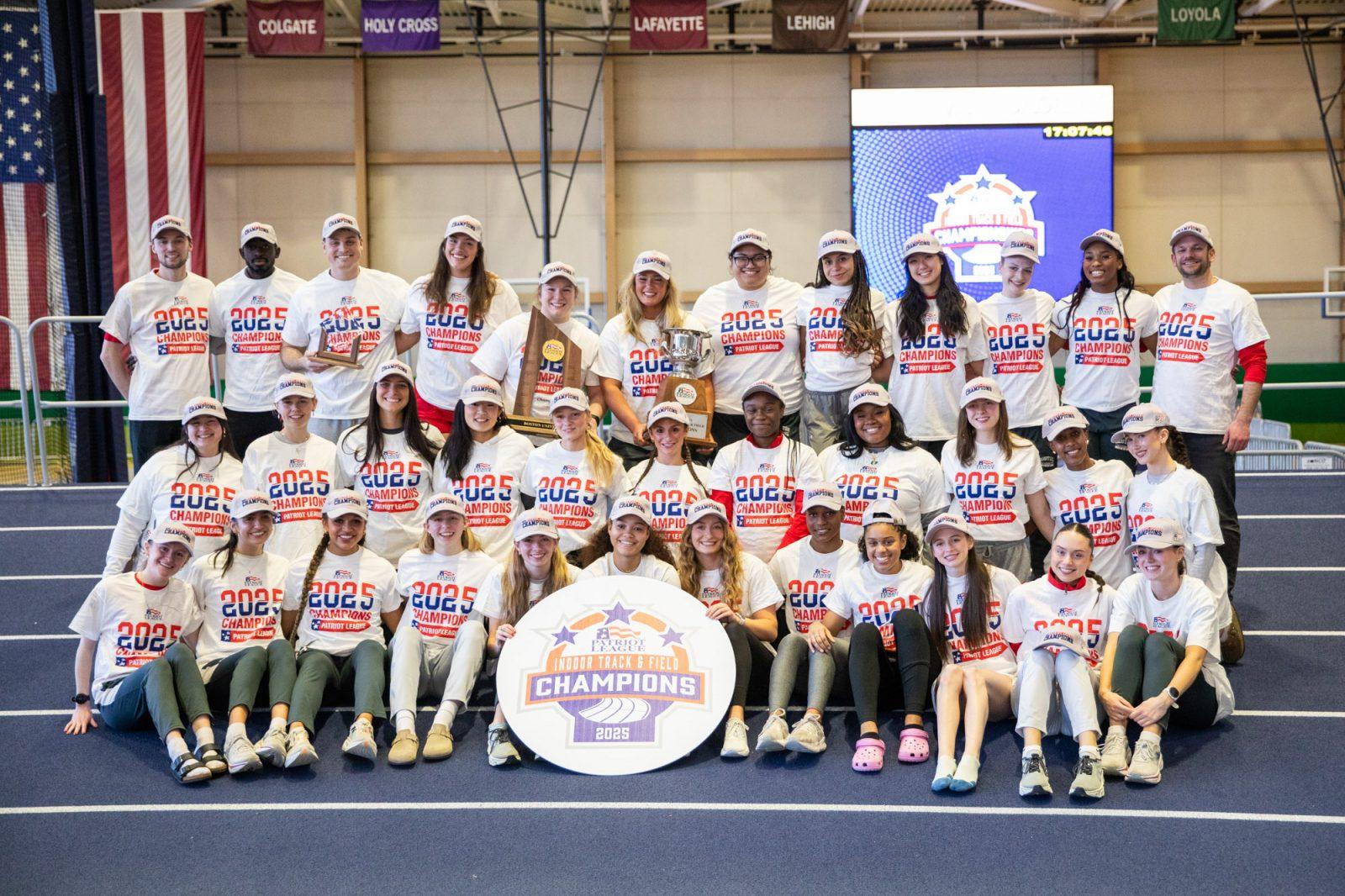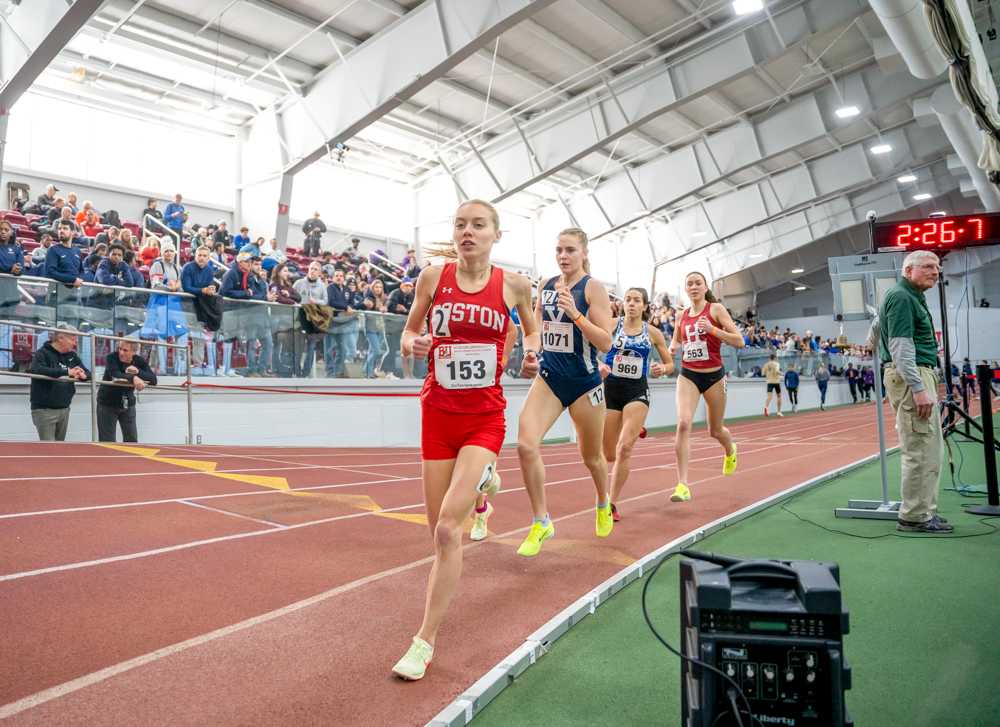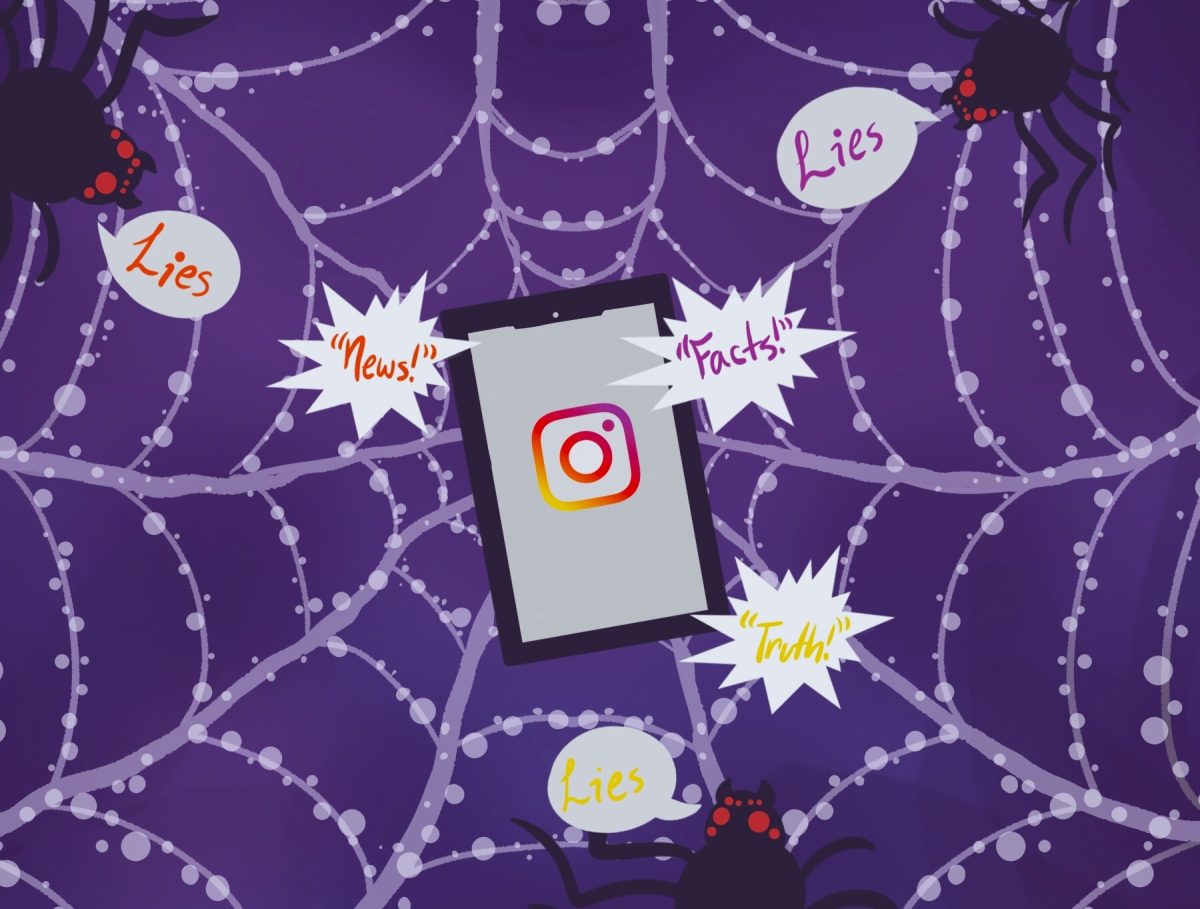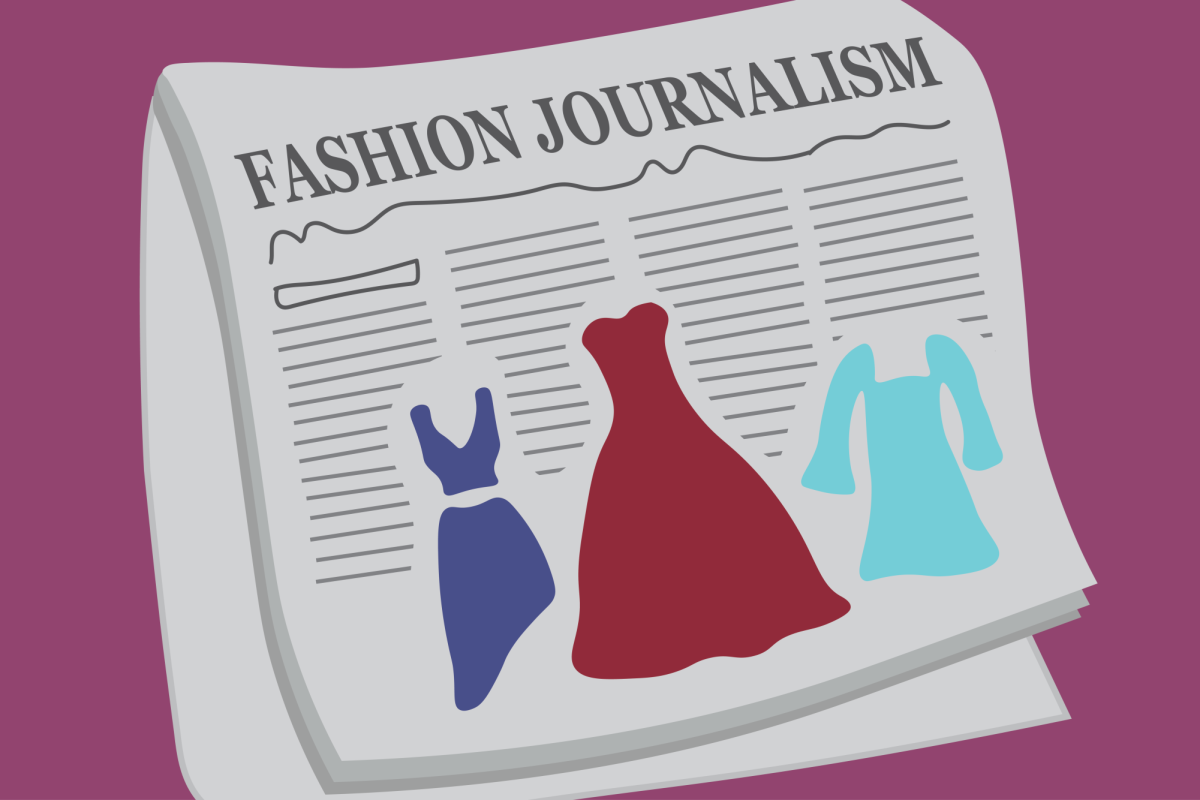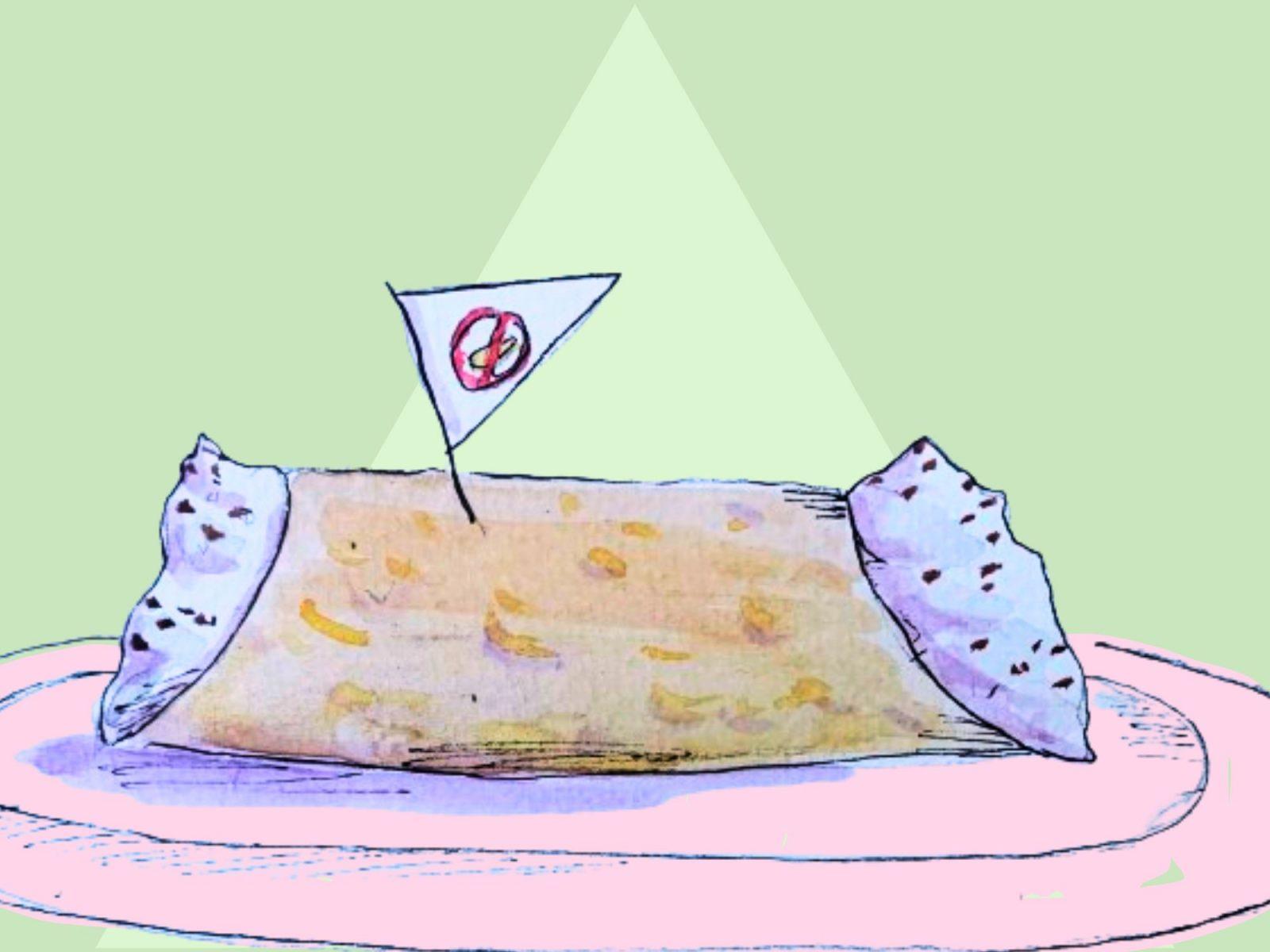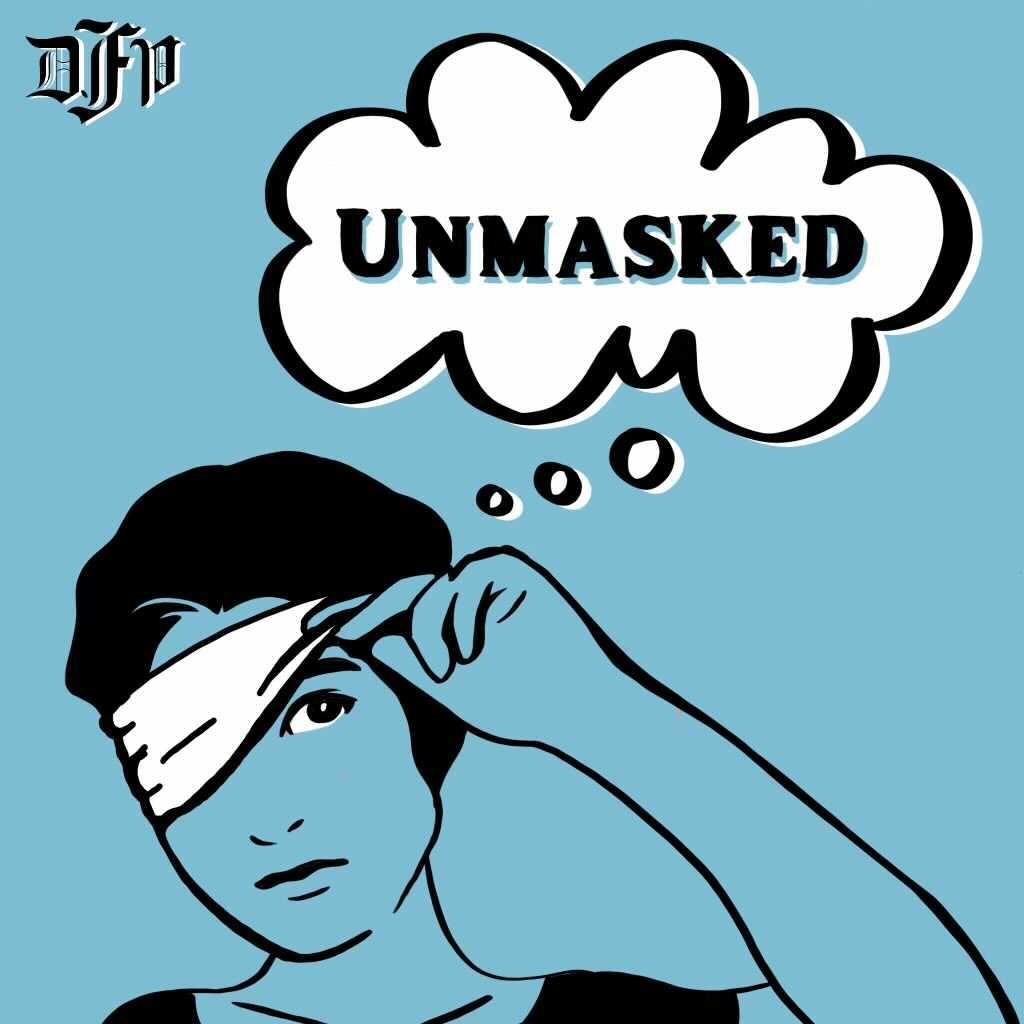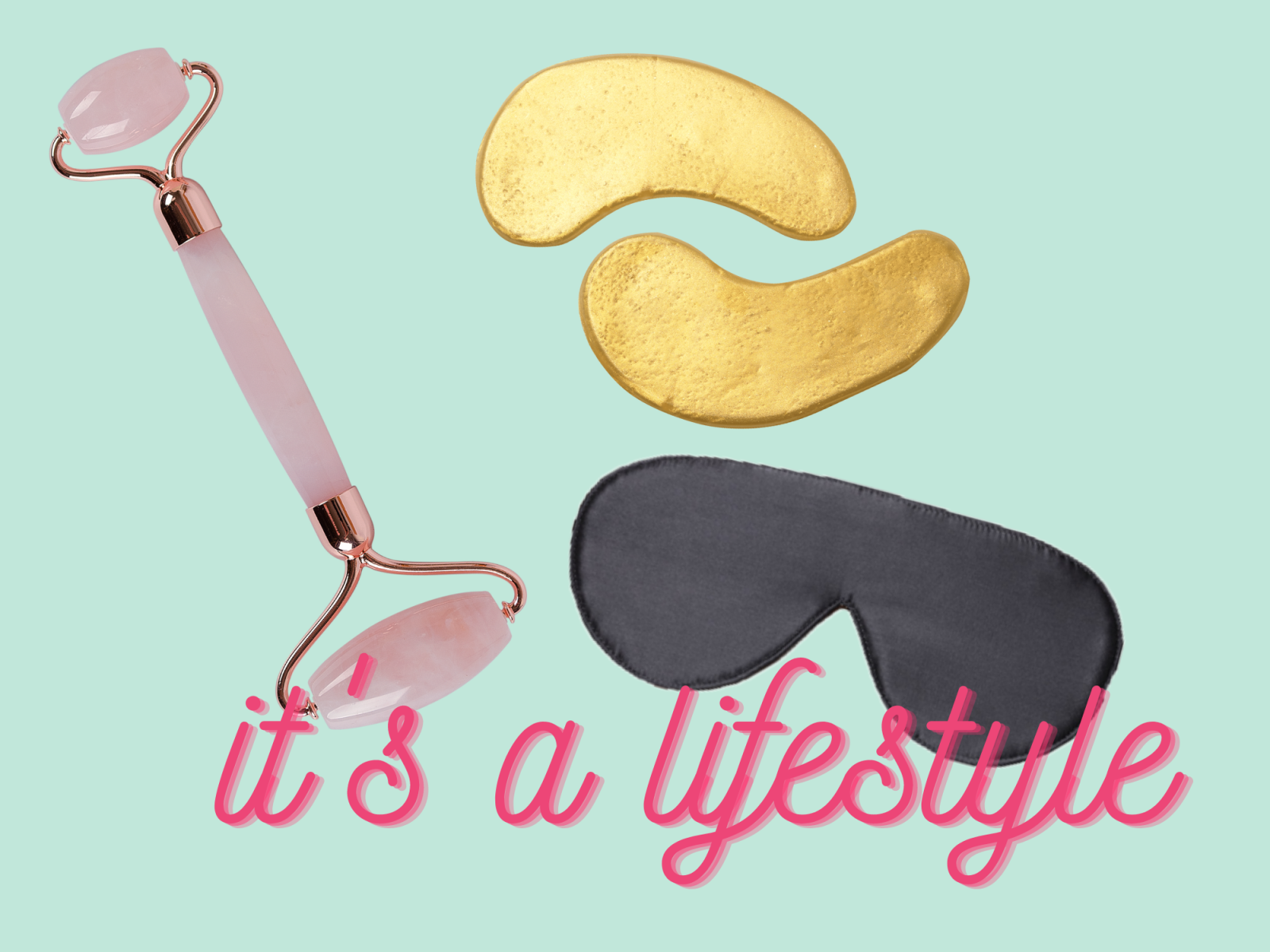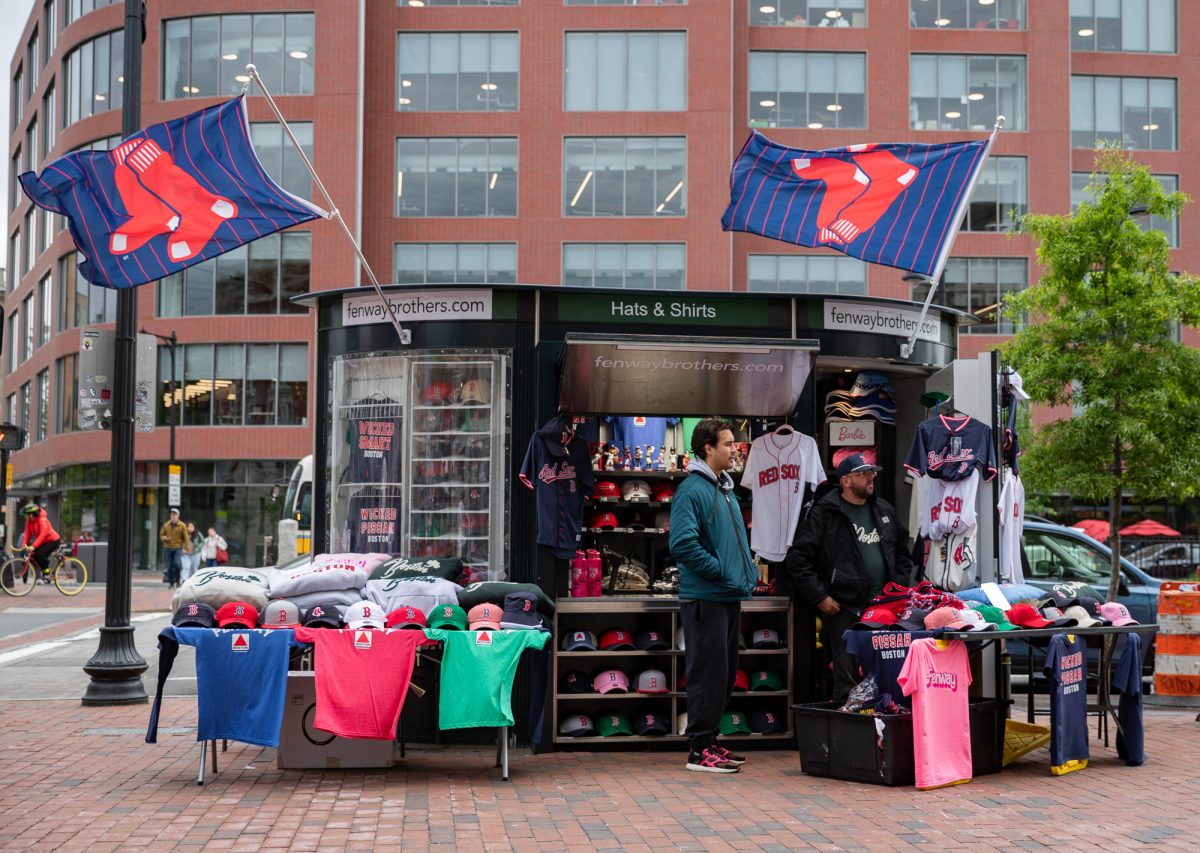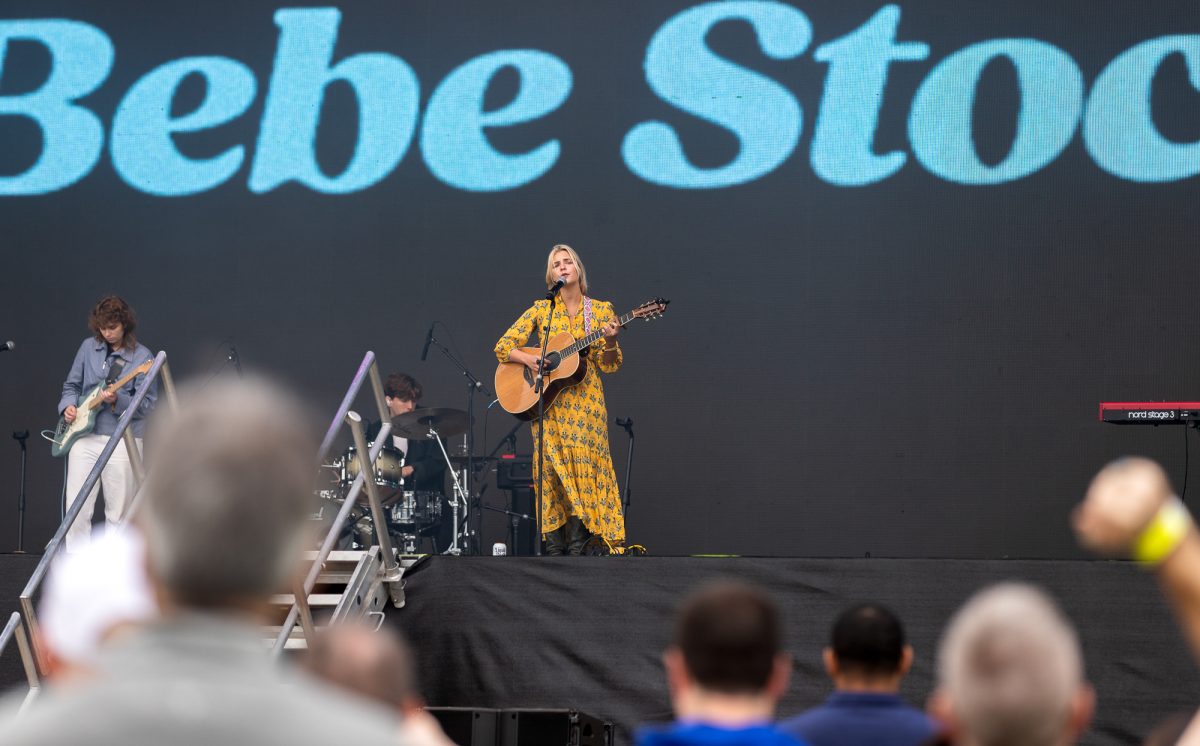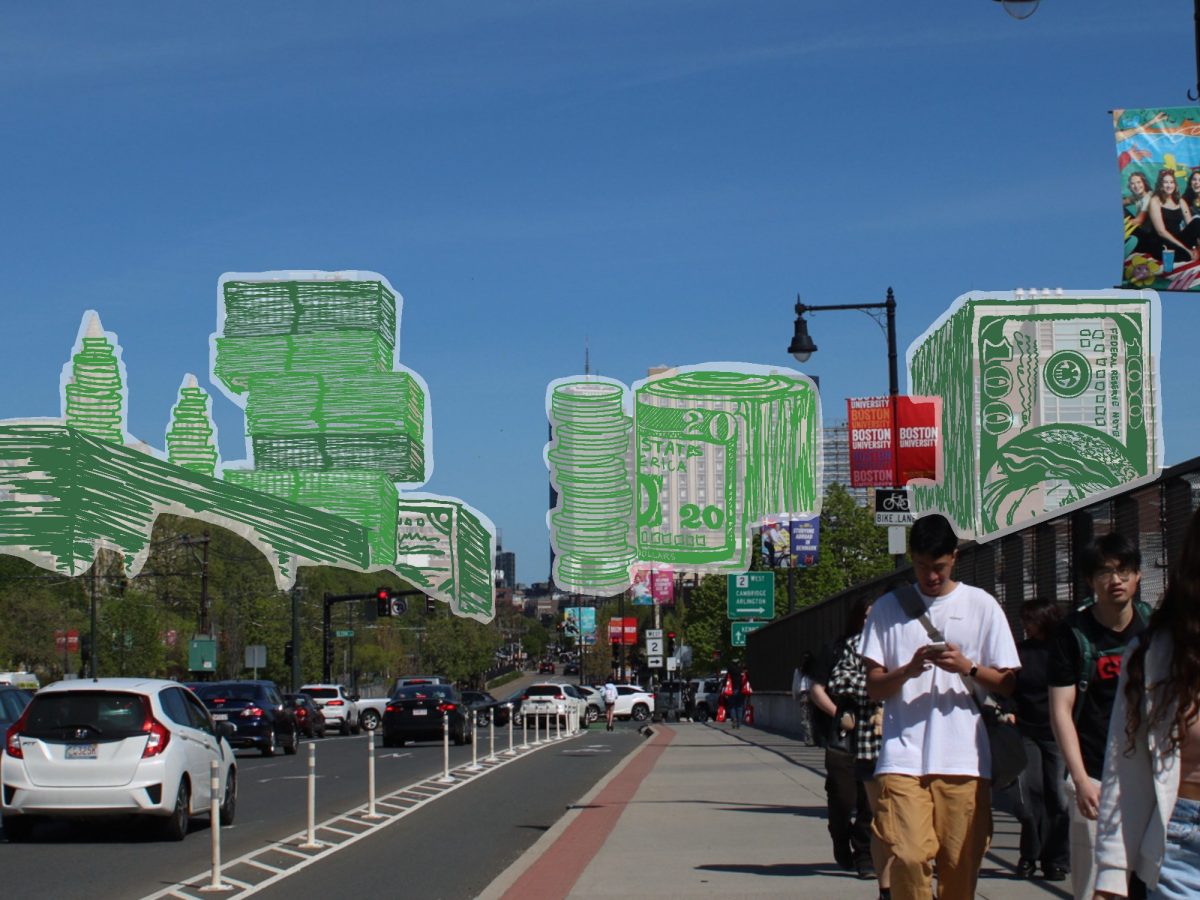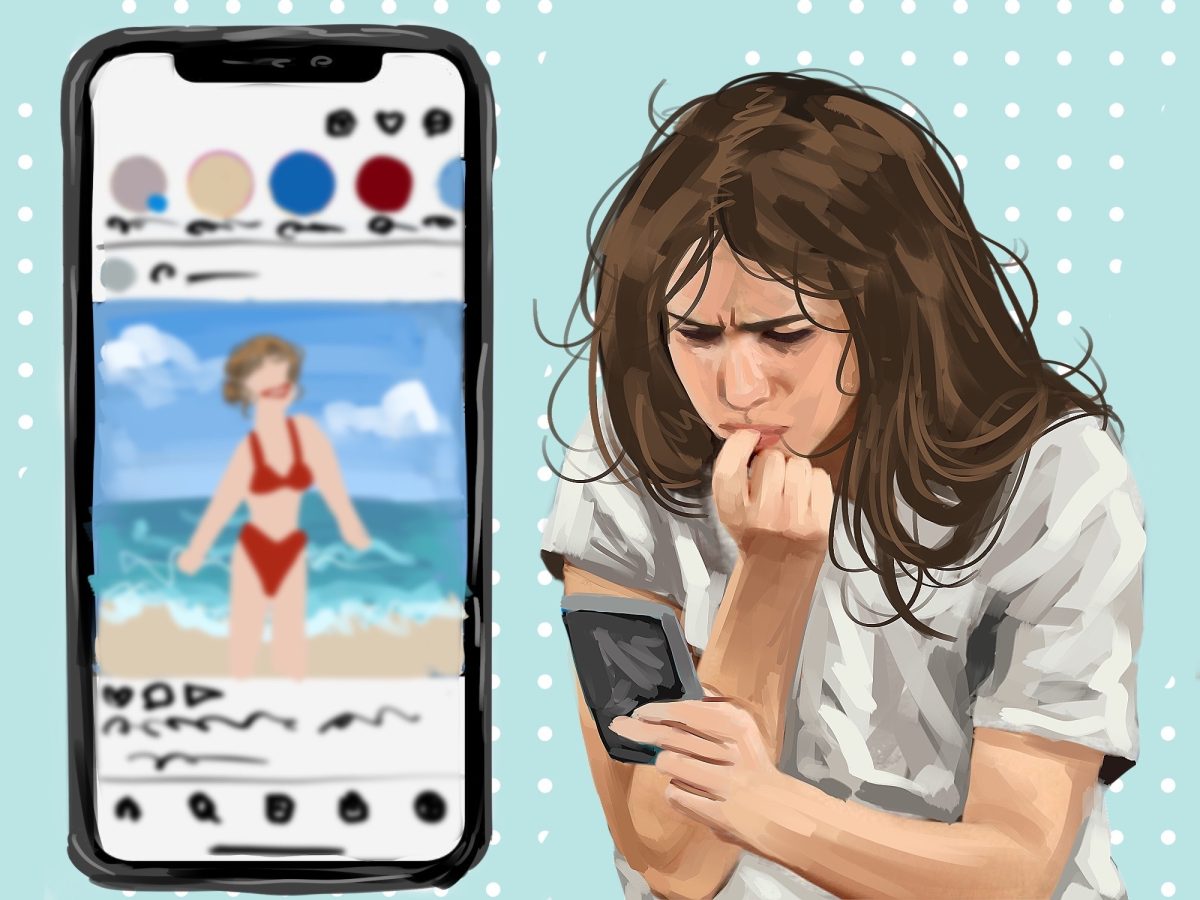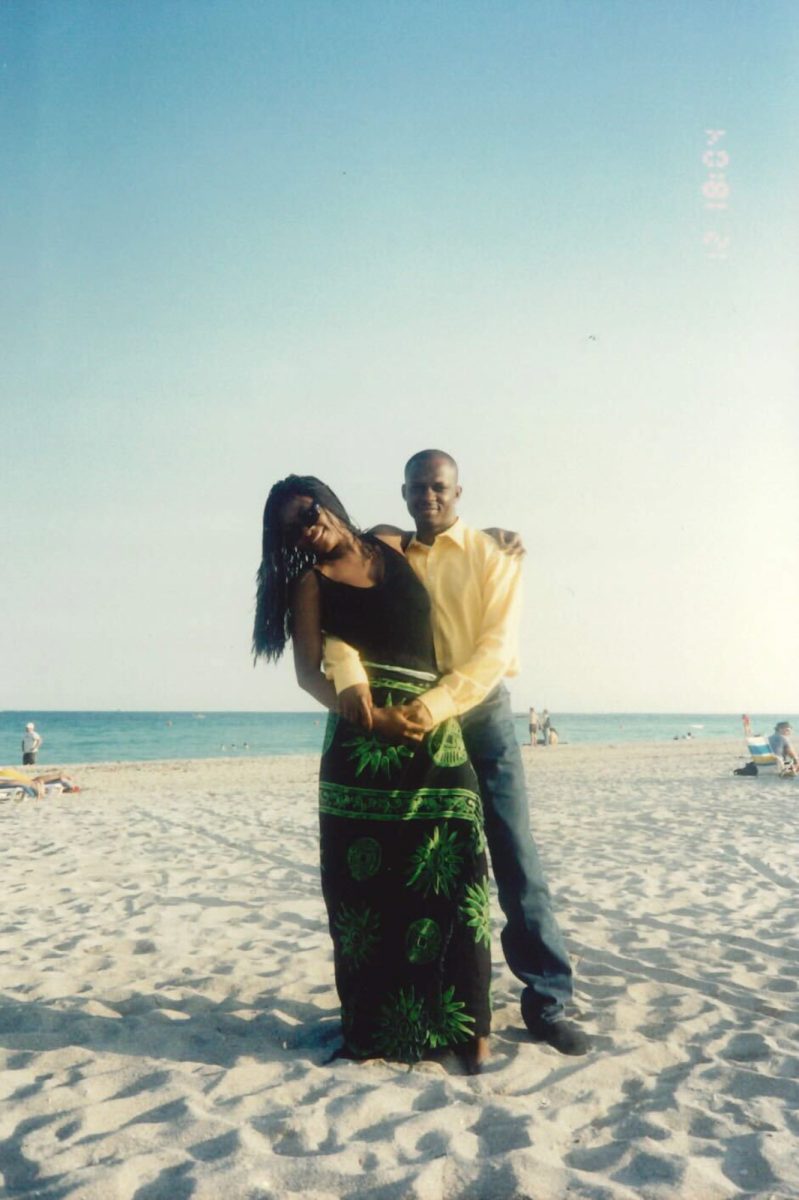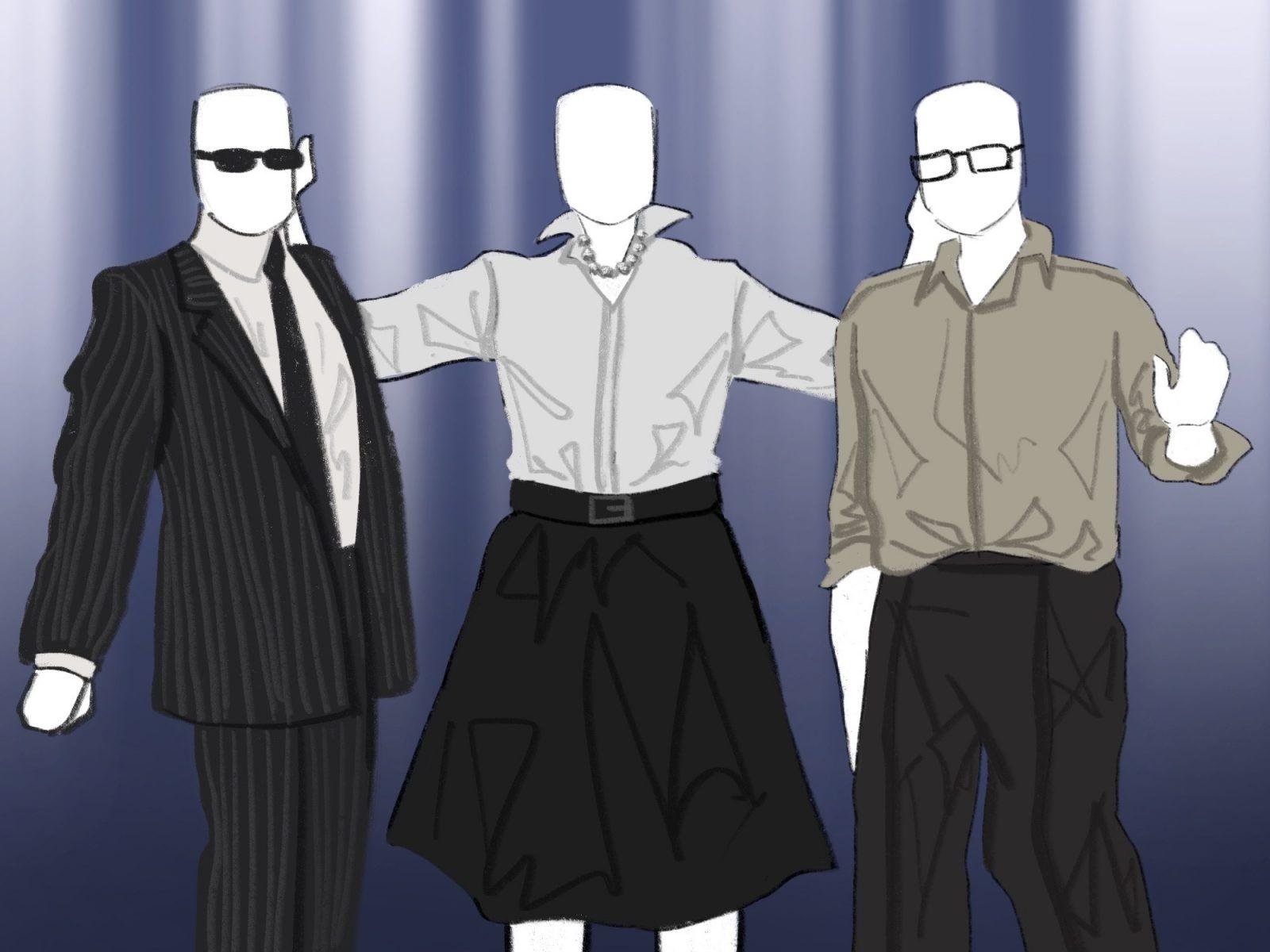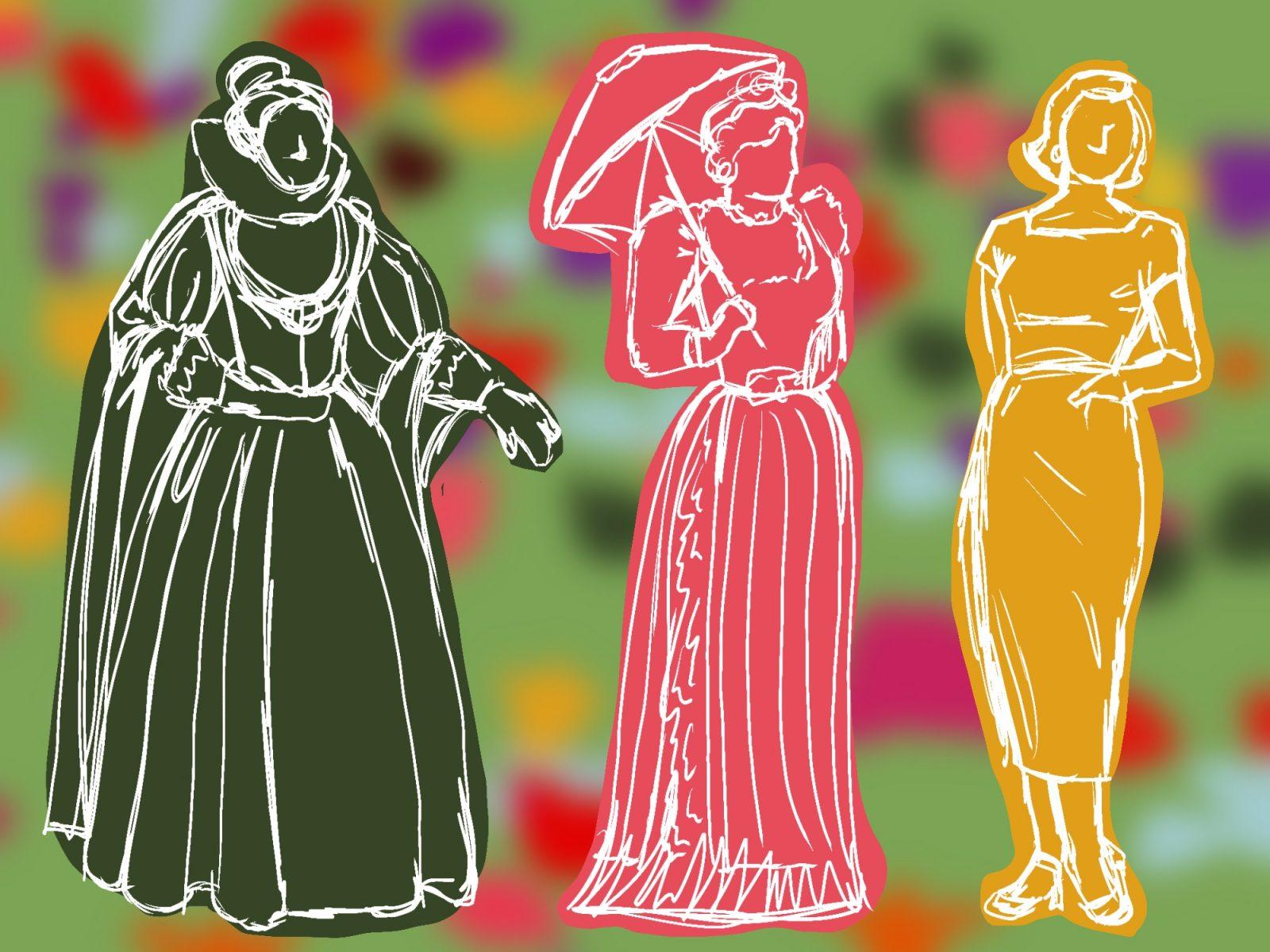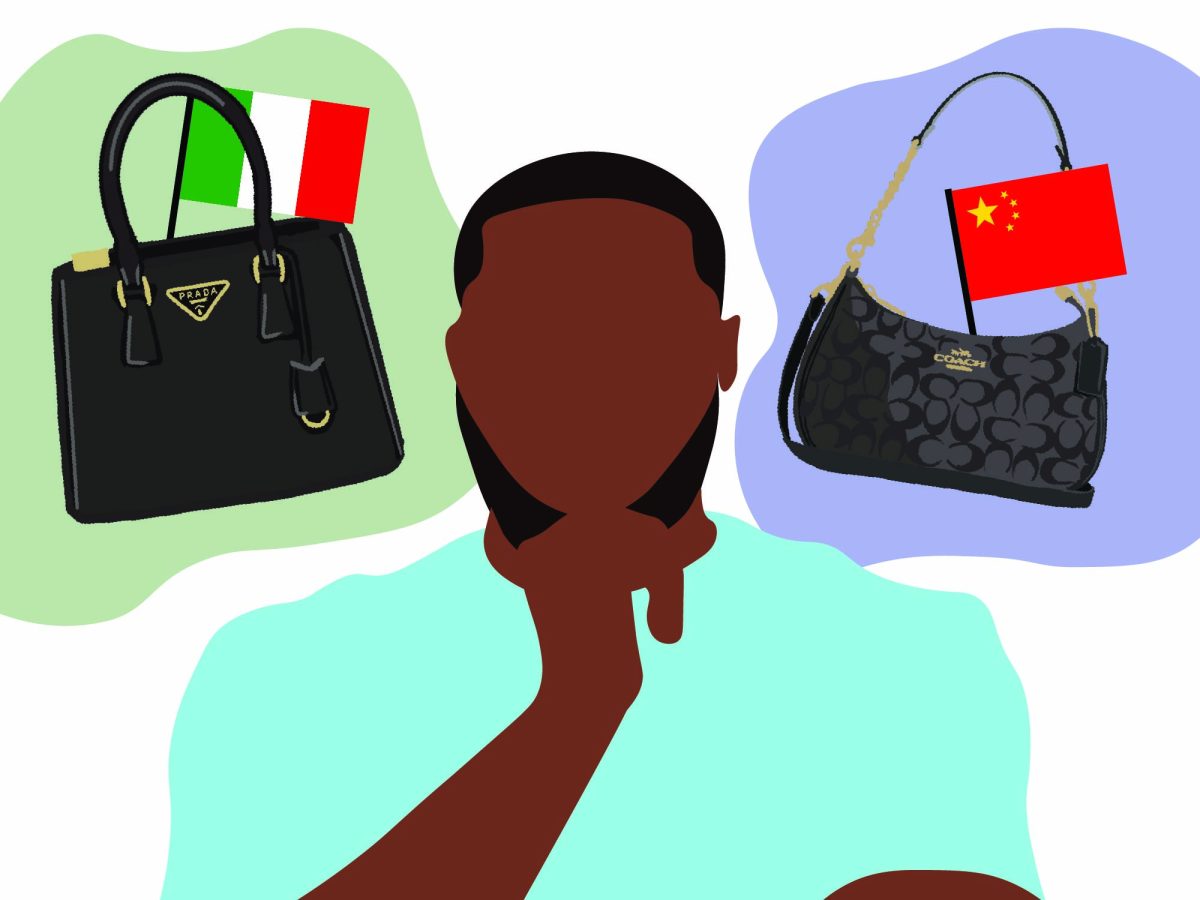The sheer power of the see-through dress has kept this controversial yet popular trend relevant for centuries. Whether you’re a fan or not — I am definitely an admirer — there’s no denying that the “naked” dress never fails to make a statement.
At the 2000 Grammy Awards, Jennifer Lopez turned heads in a sheer, plunging jungle-printed dress designed by Versace. Her dress caused such an internet frenzy — as curious browsers flocked to Google for a second look — that it inspired Google to implement an image search feature for the first time.

In 2015, former Google CEO and executive chairman Eric Schmidt wrote: “People wanted more than just text…But we had no surefire way of getting users exactly what they wanted: JLo wearing that dress. Google Image Search was born.”
At this year’s Grammy Awards, another sheer dress took the internet by storm, topping Google’s search charts once again.
This time, it was Bianca Censori, an Australian architect, model and wife of American rapper Kanye West, donning a dress from West’s fashion label, Yeezy.
This latest addition to the sheer dress canon might be the lowest sheer denier — the amount of transparency a garment has — we’ve seen yet. It certainly left little to the imagination.
The dress, which West deemed “THE INVISIBLE DRESS” in a now-deleted Instagram post, received significant internet backlash, with many commenters accusing West of spousal abuse and questioning Censori’s bodily autonomy in her marriage.
On Feb. 3, a timely Instagram carousel post by @velvetcoke shared some of the “most memorable modern naked dresses in history,” including sheer looks from fashion icons such as Marilyn Monroe, Jane Birkin, Kate Moss, Cher, Rihanna and Censori.
While some Instagram users appreciated this visual representation of fashion evolution and left complementary comments, most quickly distinguished Censori’s look from that of the other women featured in the post.
One commenter wrote of Censori: “She’s not following a trend. She is being publicly degraded by a man for his pleasure.”
Another remarked: “Bianca’s looks exploitative. She didn’t appear to be in control of the statement at all unfortunately.”
Many viewers also noted that Censori was the only woman in the slideshow standing with a male partner beside her, while the other women depicted in the post stood confidently alone.
In total, these comments garnered over ten thousand likes and replies, reinforcing the popular narrative that Censori is not in control of herself or her image.
West quickly took to his X page to respond to the controversy, tweeting in all caps: “I have dominion over my wife. This ain’t no woke as feminist s—.”
This tweet, along with several others, definitely did not help subside these concerns.
Vogue columnist Raven Smith also addressed the controversy in a recent opinion article titled “The Naked Truth about Bianca Censori’s Grammy Look,” where he shared his personal reflection on the significance of Censori’s red carpet moment.
Smith wrote, “At its best, fashion, for me, has always celebrated a body’s sensuality rather than the unimaginative, base-level provocation of a woman’s nakedness.”
He expressed he believes Bianca’s look was merely meant to provoke, rather than contribute to conversations surrounding nudity and the female body in fashion.
While Smith acknowledged concerns about feminism and liberation, he countered that viewers lack insight into Censori and West’s relationship to make these assumptions.
He continued, “I hate to state the obvious, but a woman can wear whatever she wants…We can’t jump to a conclusion just because seeing her virtually in the nude doesn’t feel good.”
Smith raised an obvious but important point. Censori is free to dress however she deems fit, and it can be harmful to abuse other allegations against West without sufficient evidence.
Censori’s recent look fits spatially into the ongoing conversation concerning fashion and performance art — which has a long history of involving controversial, life-threatening, violent and sexual acts.
So, where do we draw the line between art and exhibitionism? How far is too far?
In an era where we’ve made space for lingerie as outerwear and mini bags as menswear — we see you rocking those mini Chanels, Timothée Chalamet — perhaps we’ll have to grow to accept this newest rendition of naked fashion.

